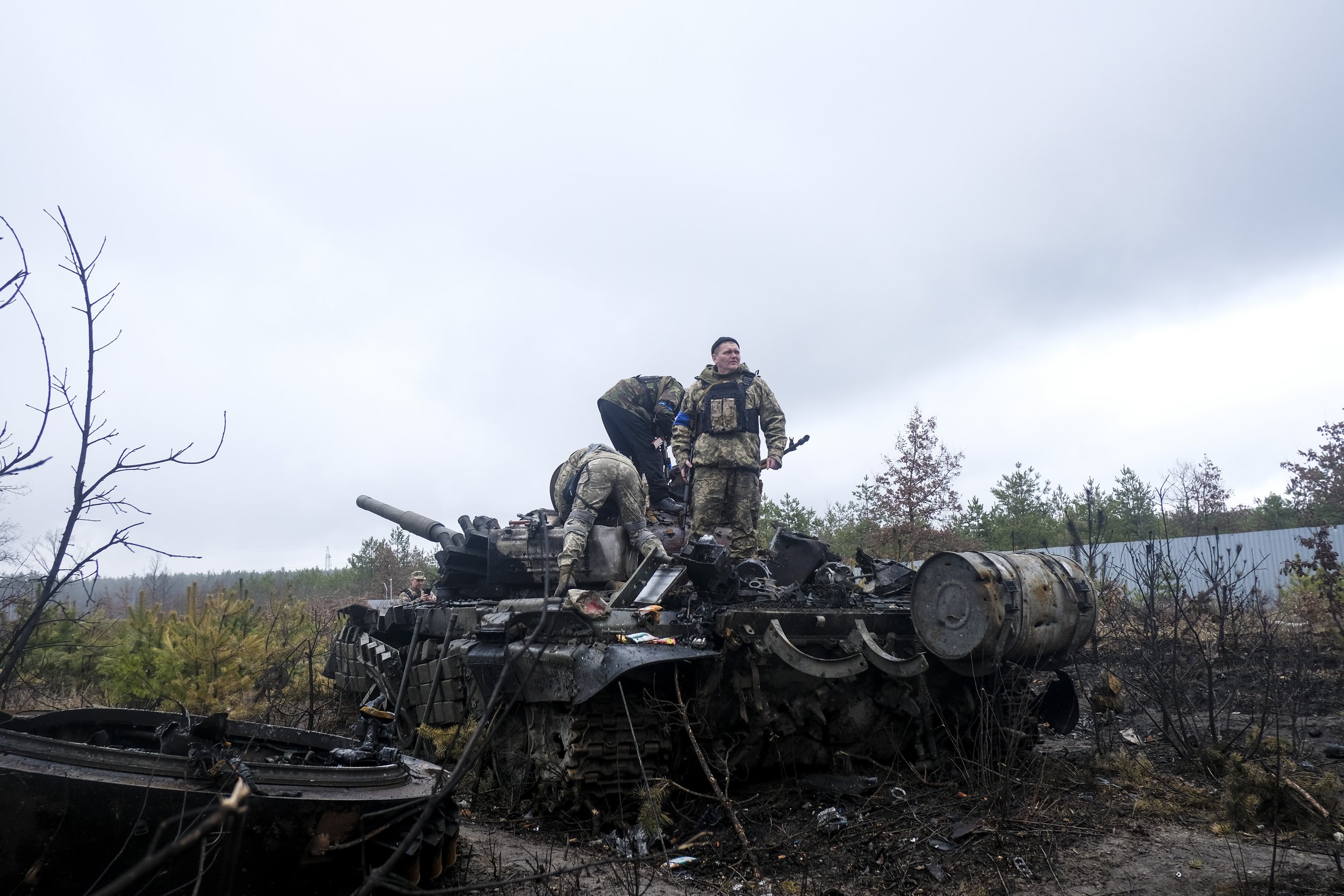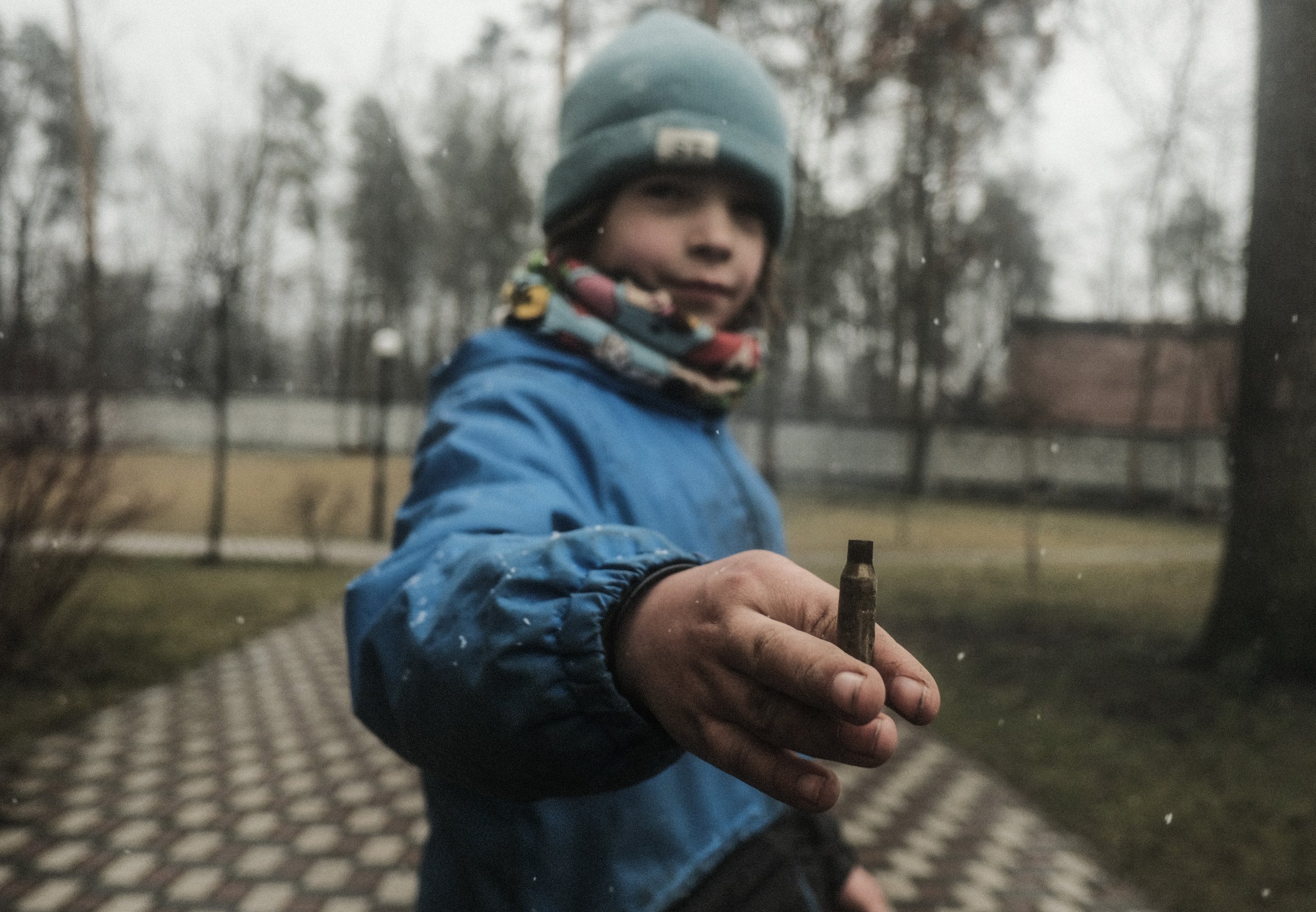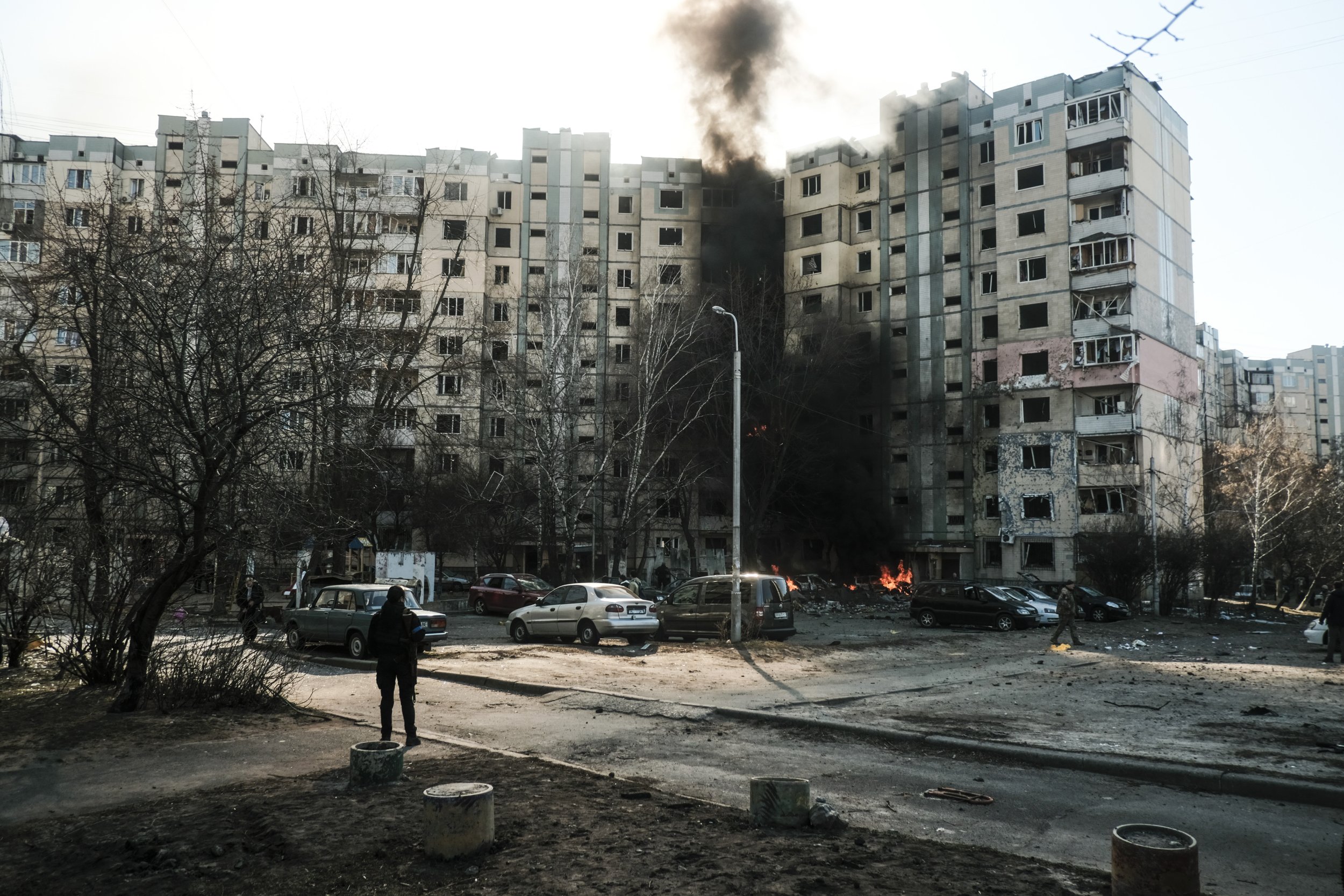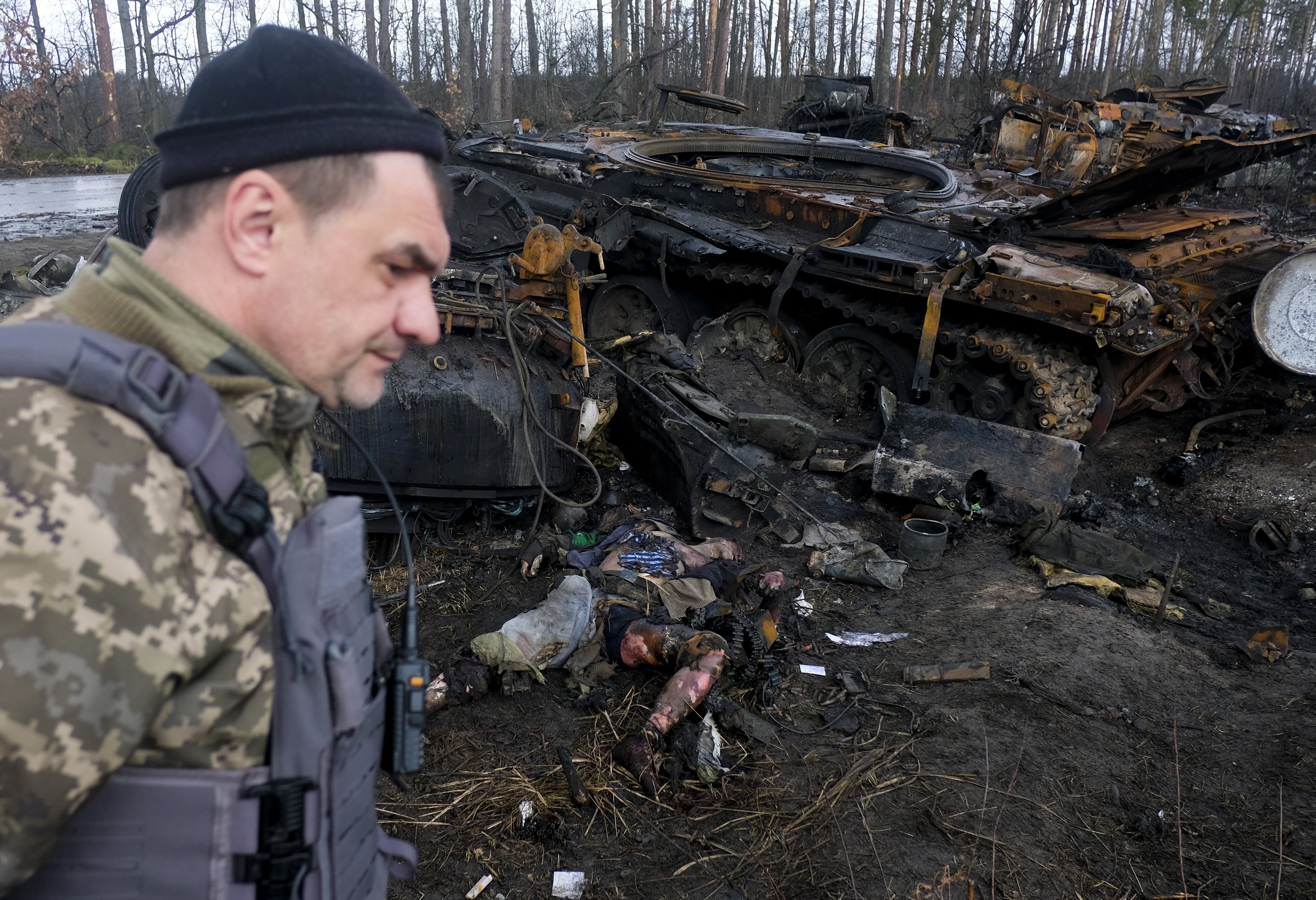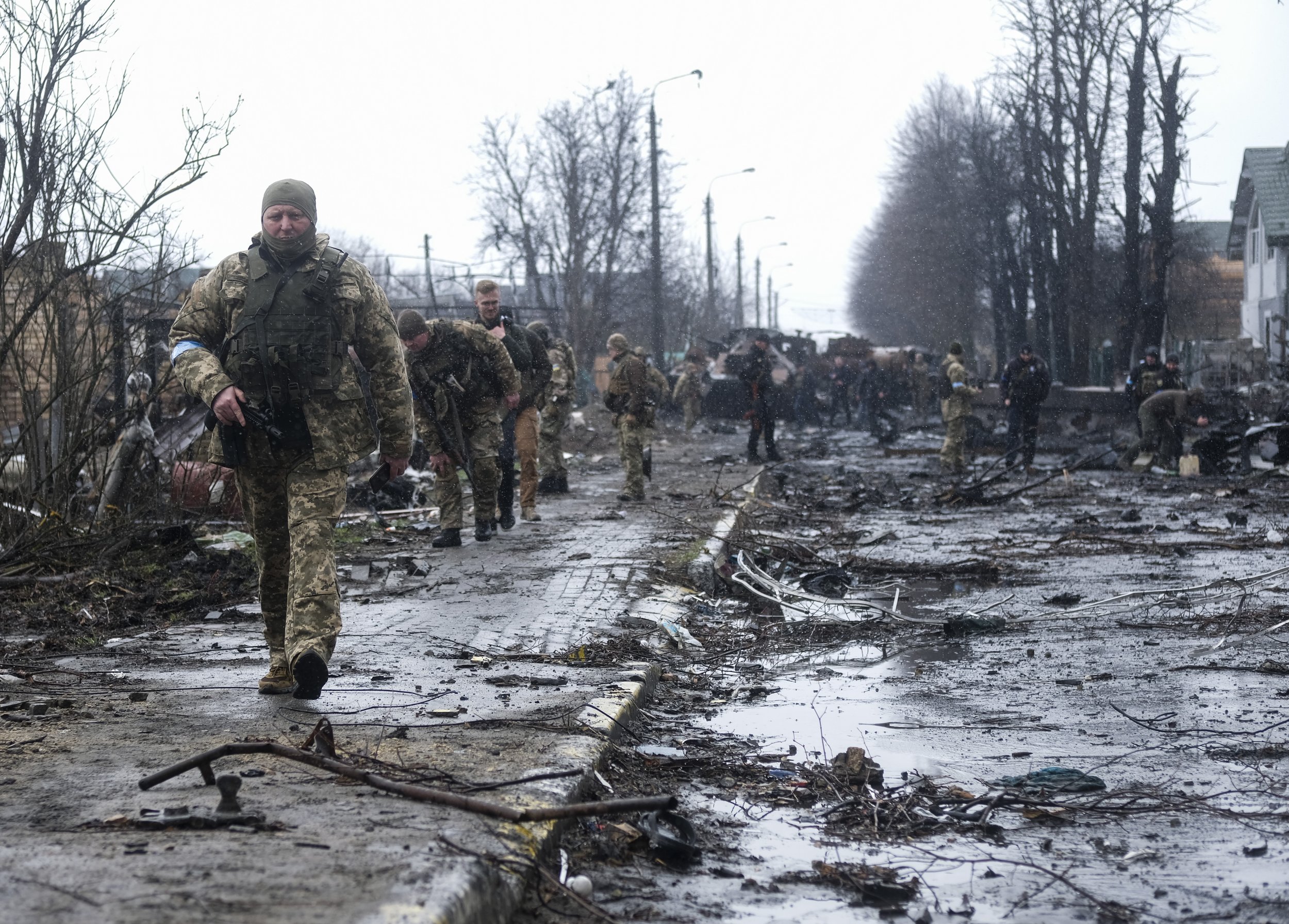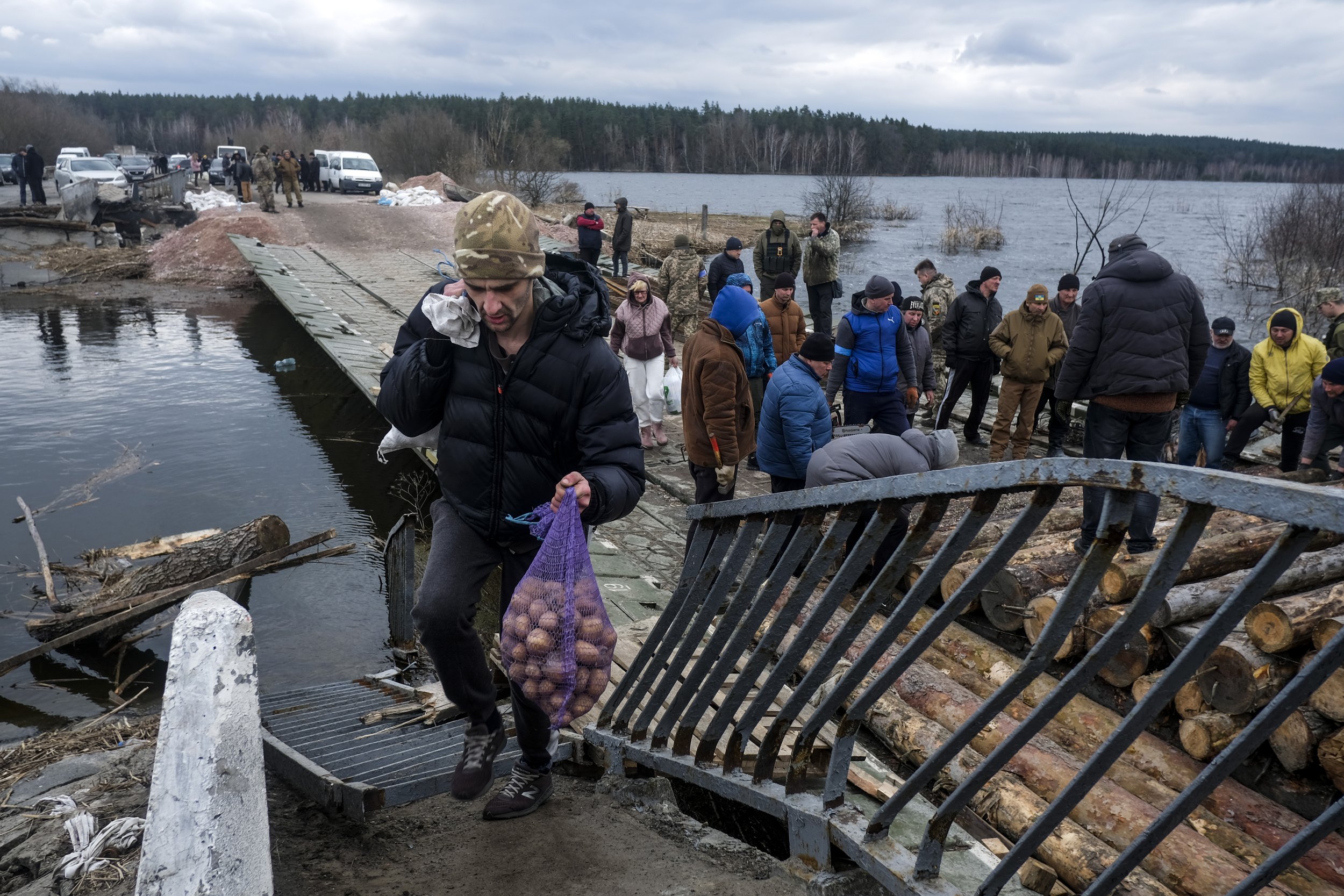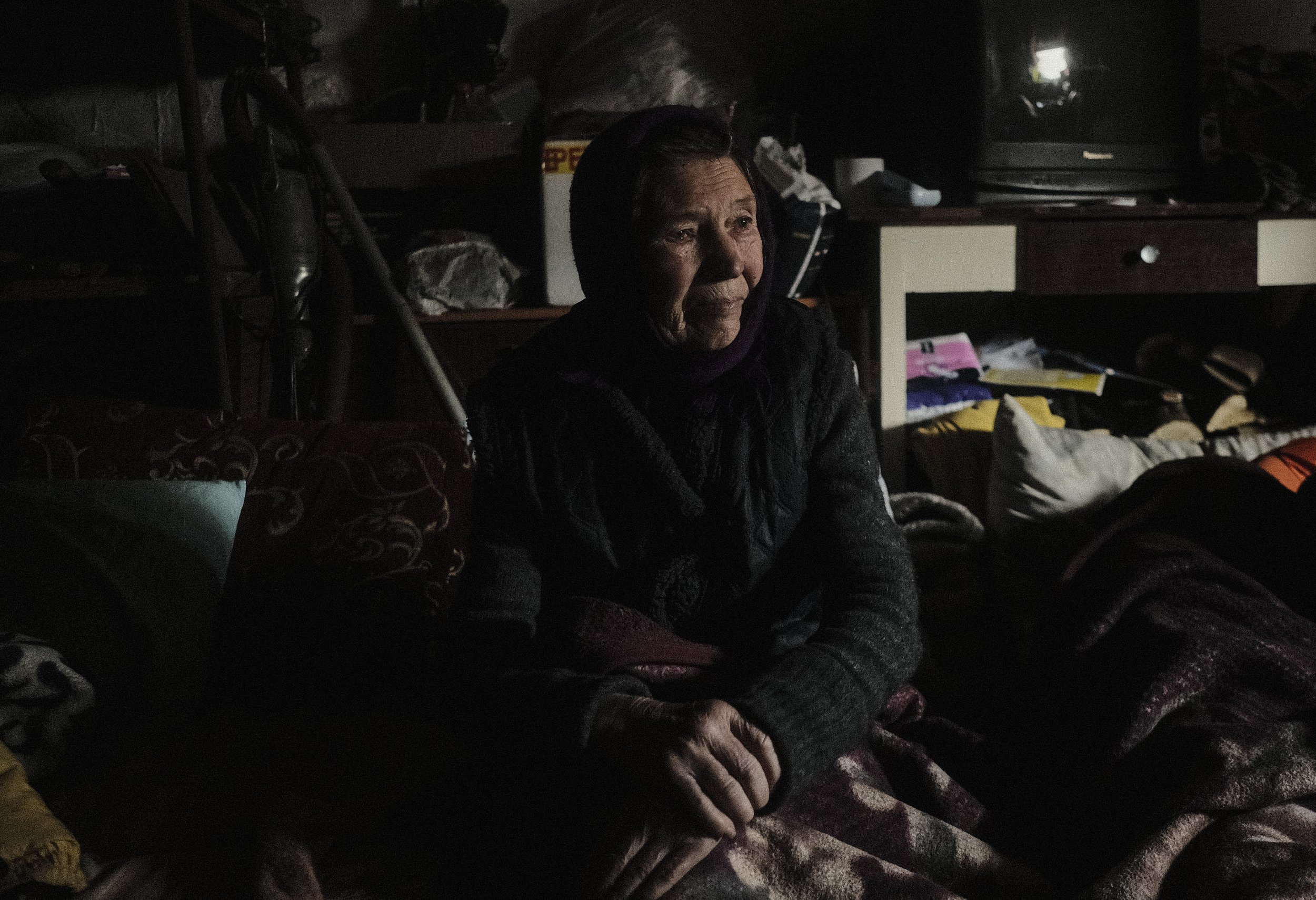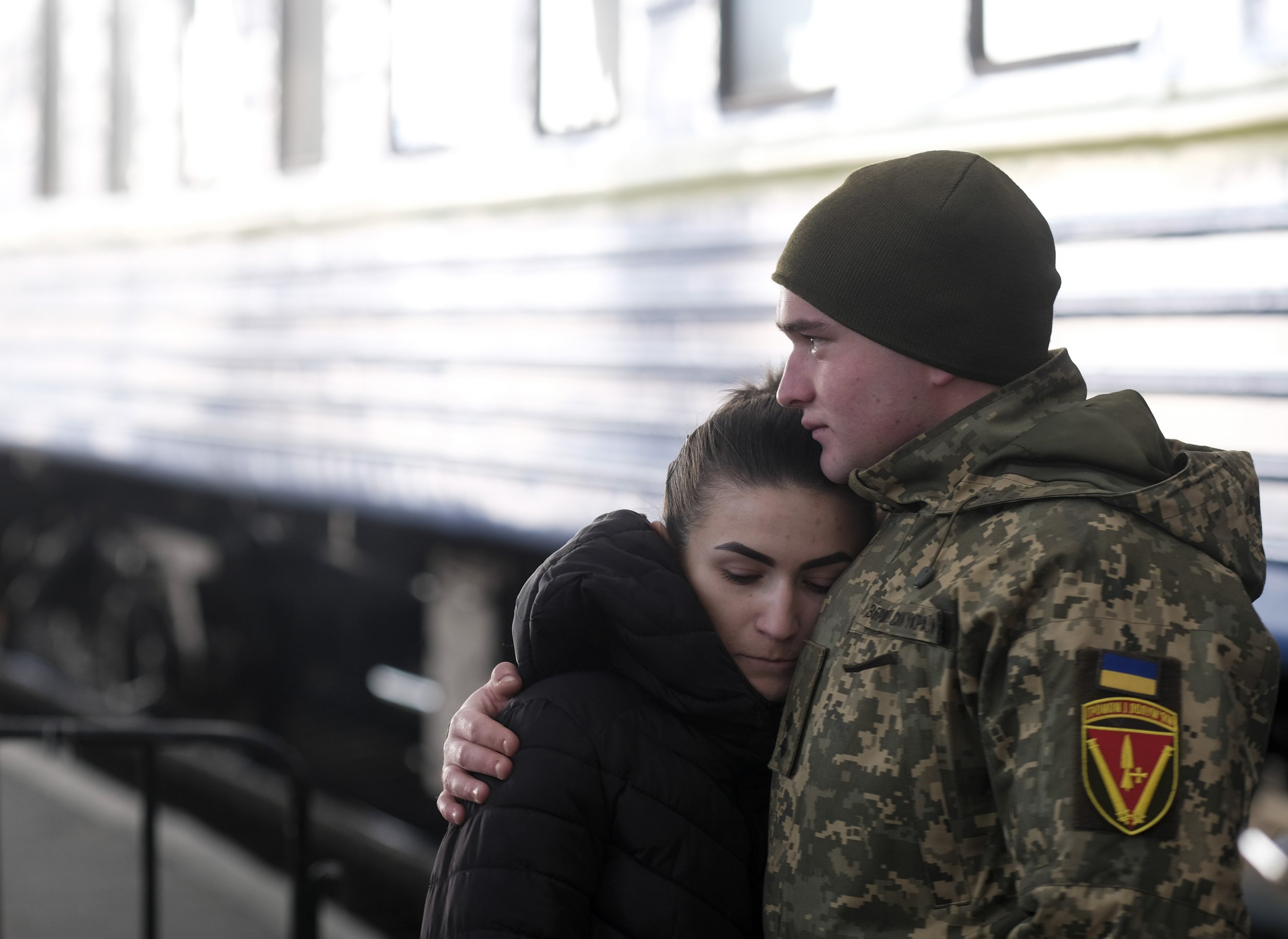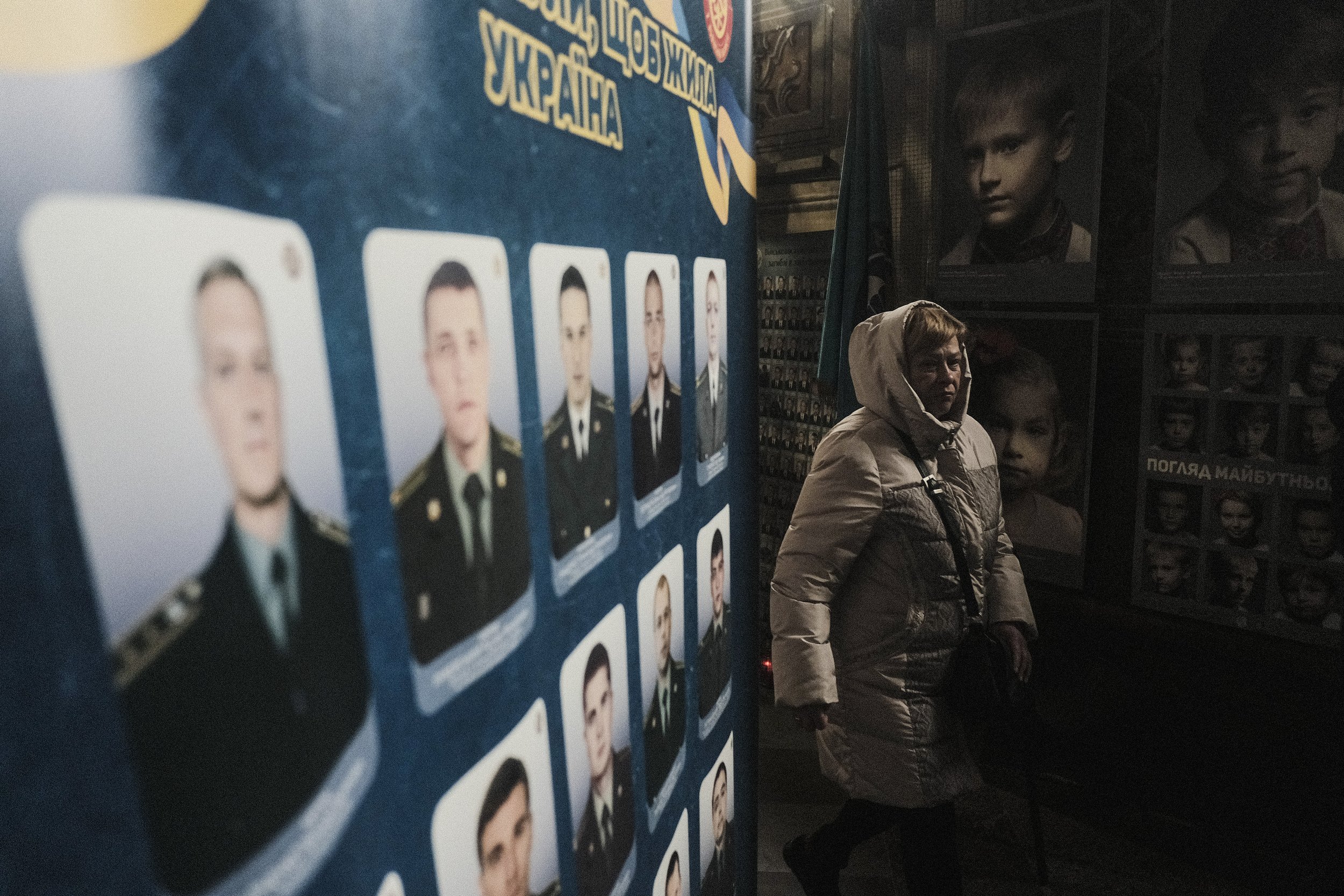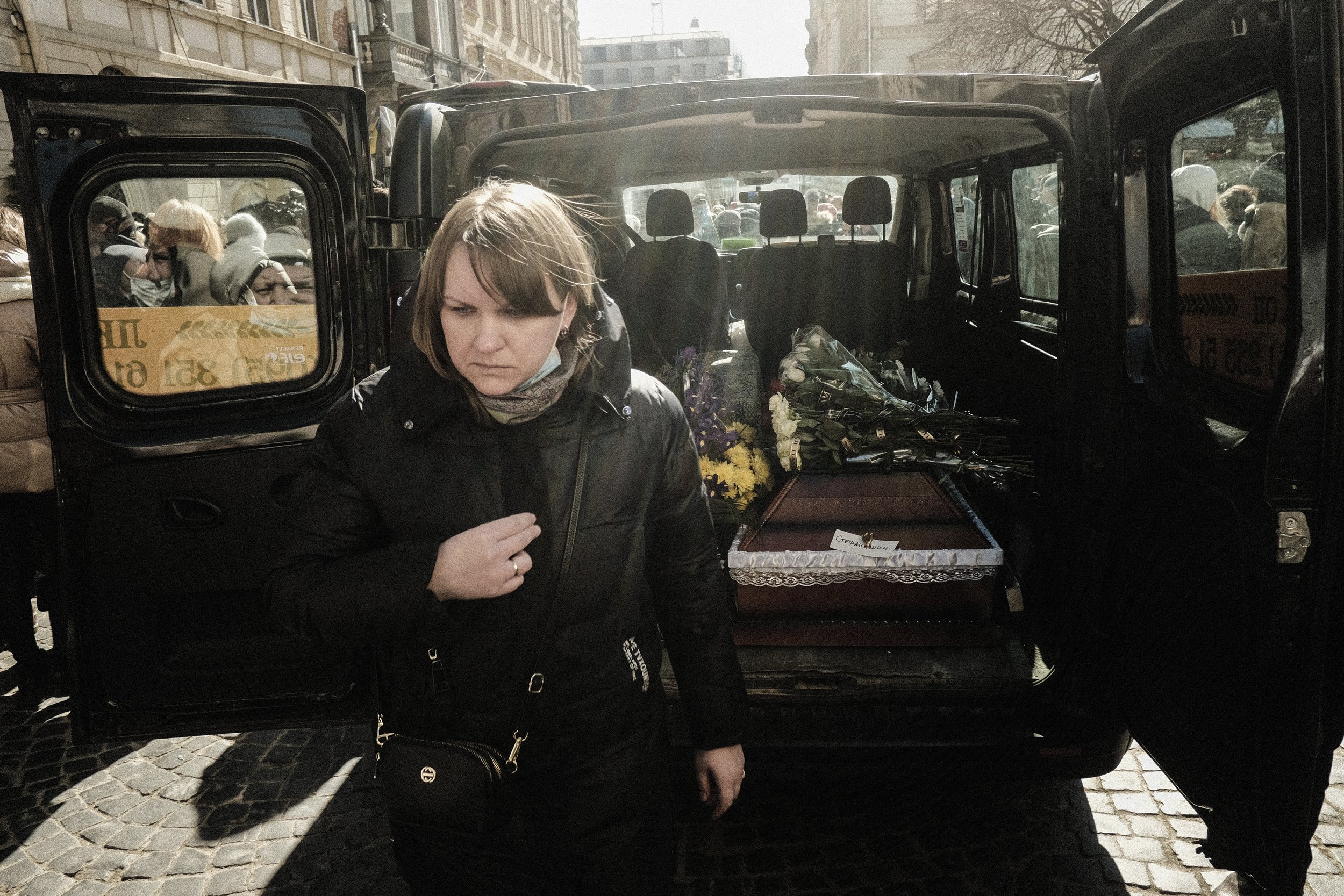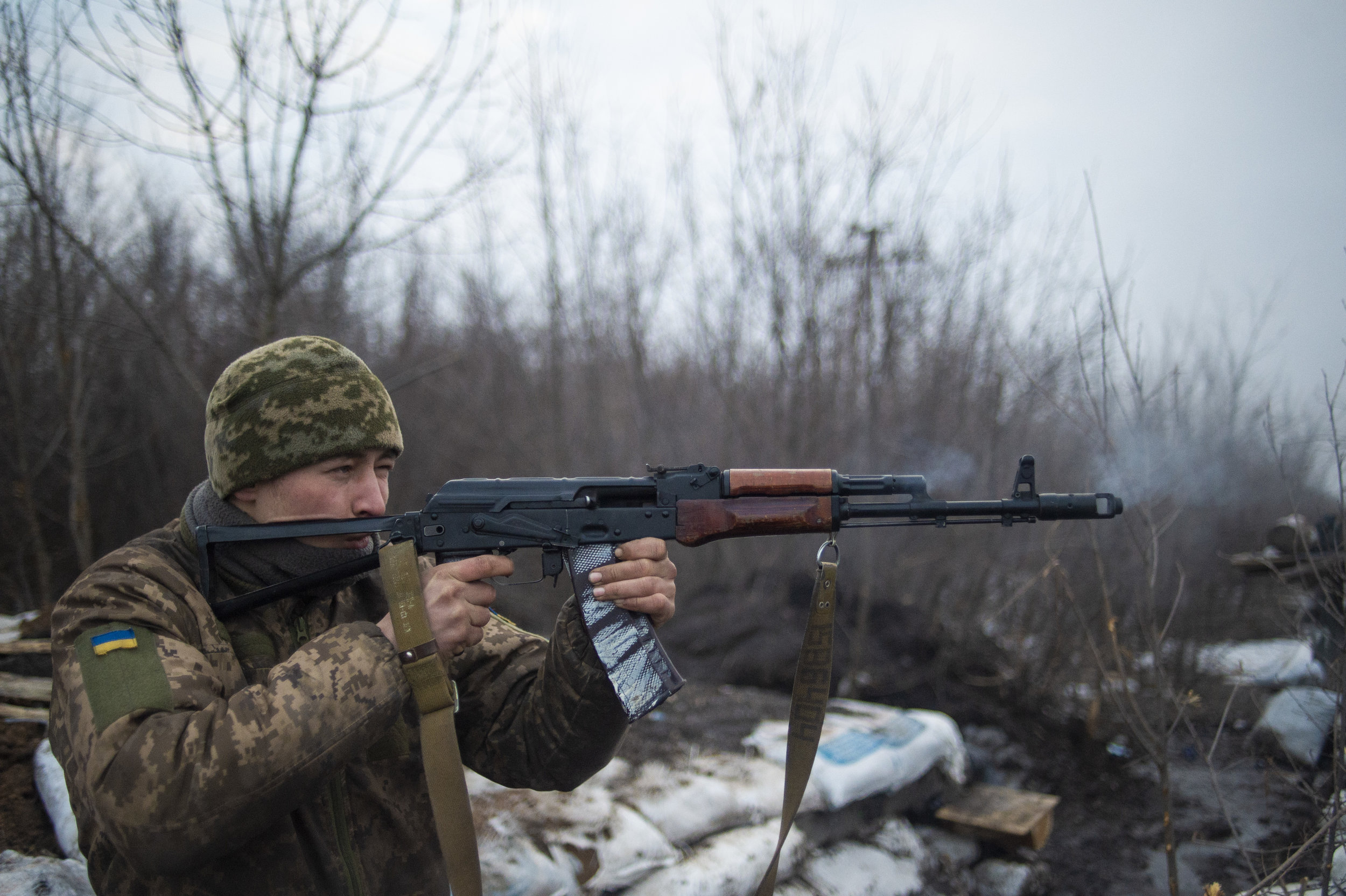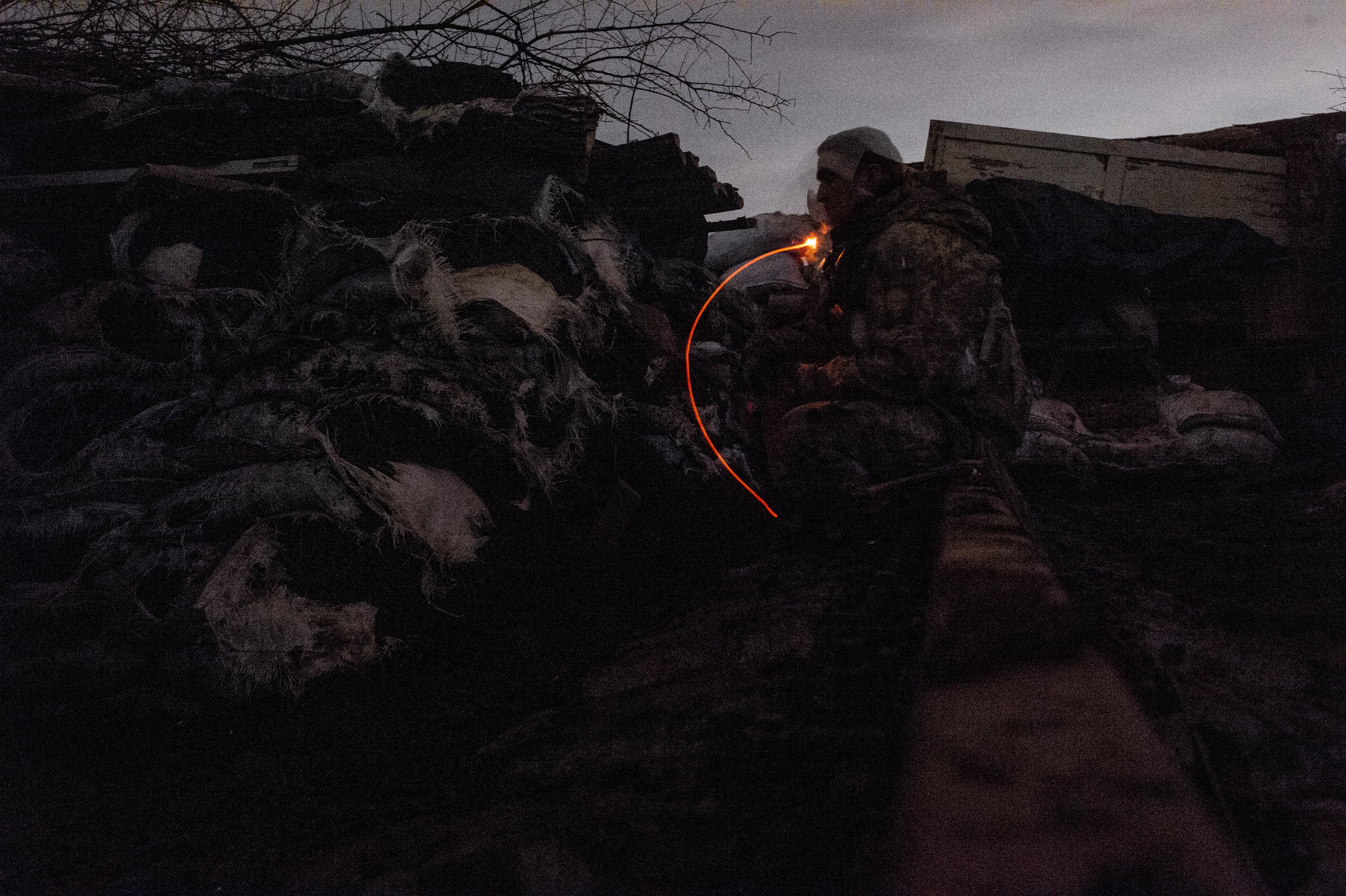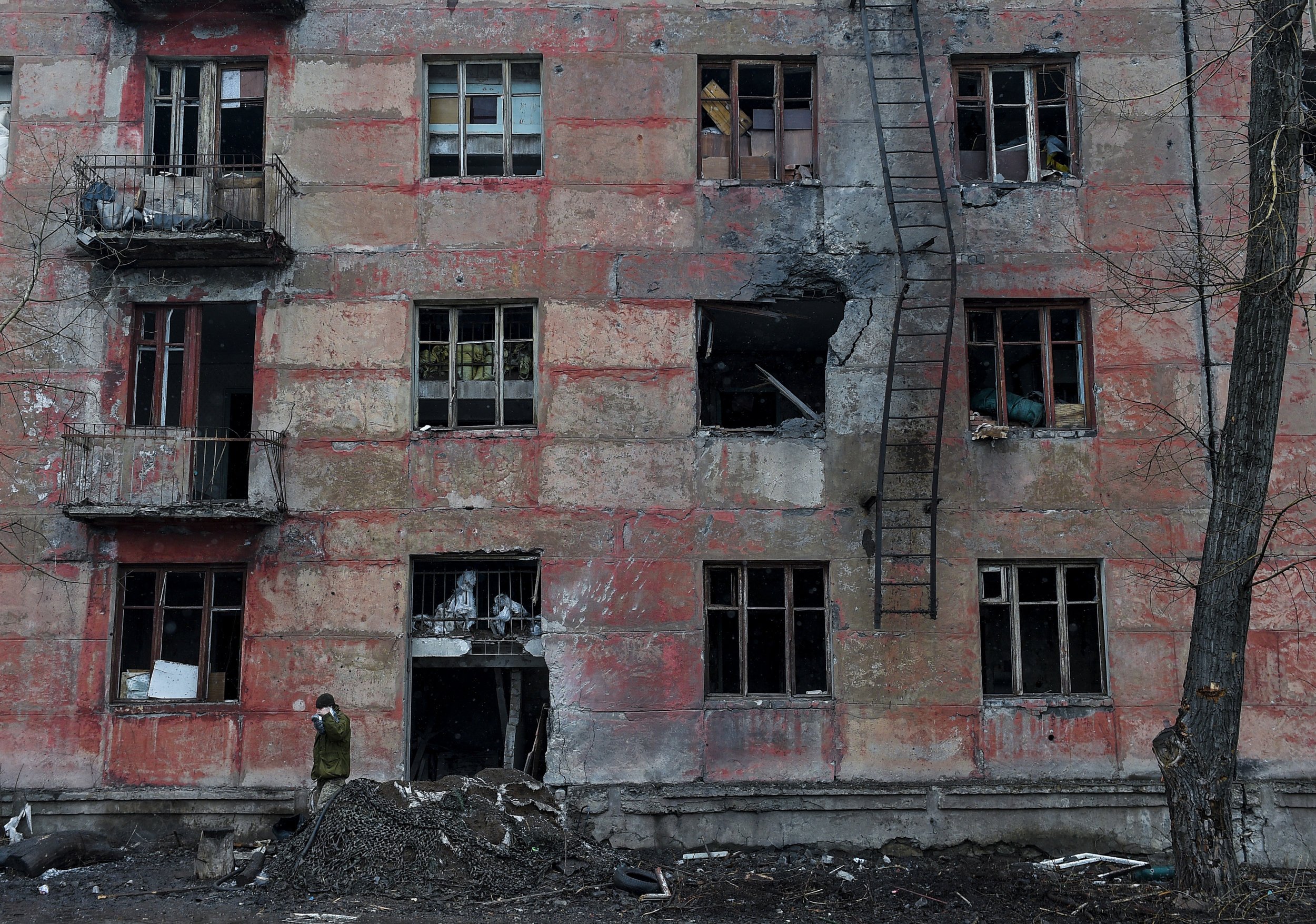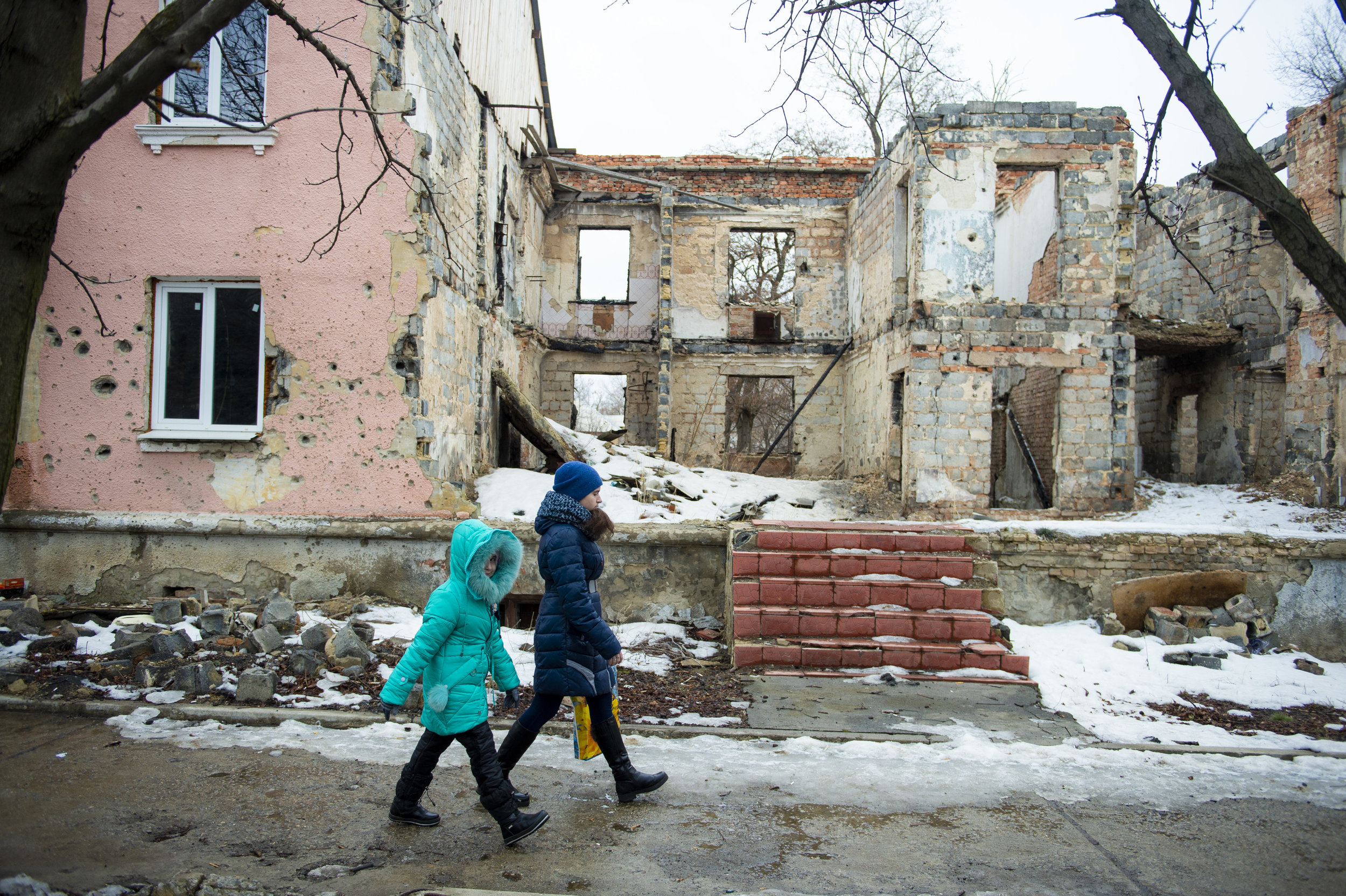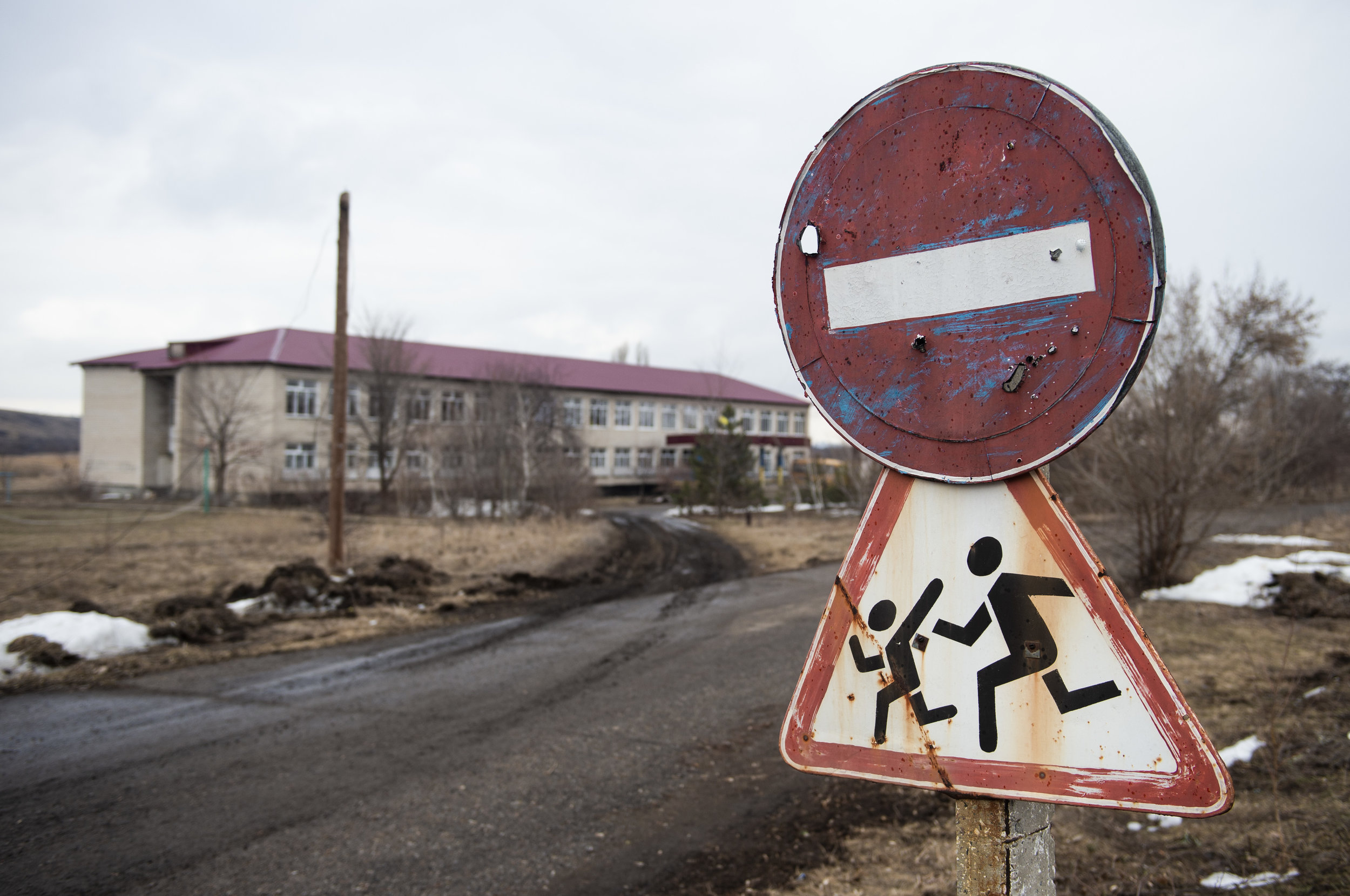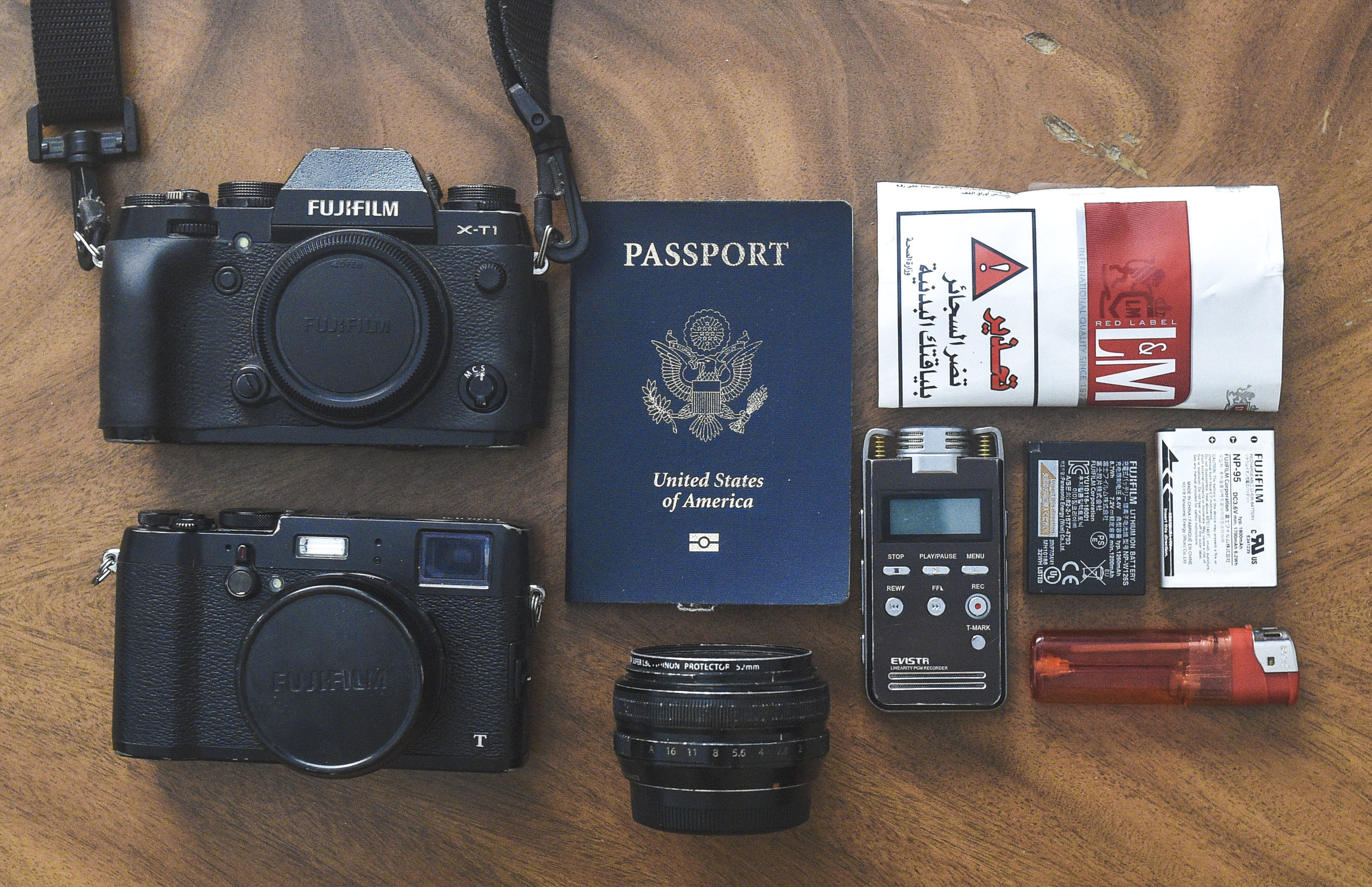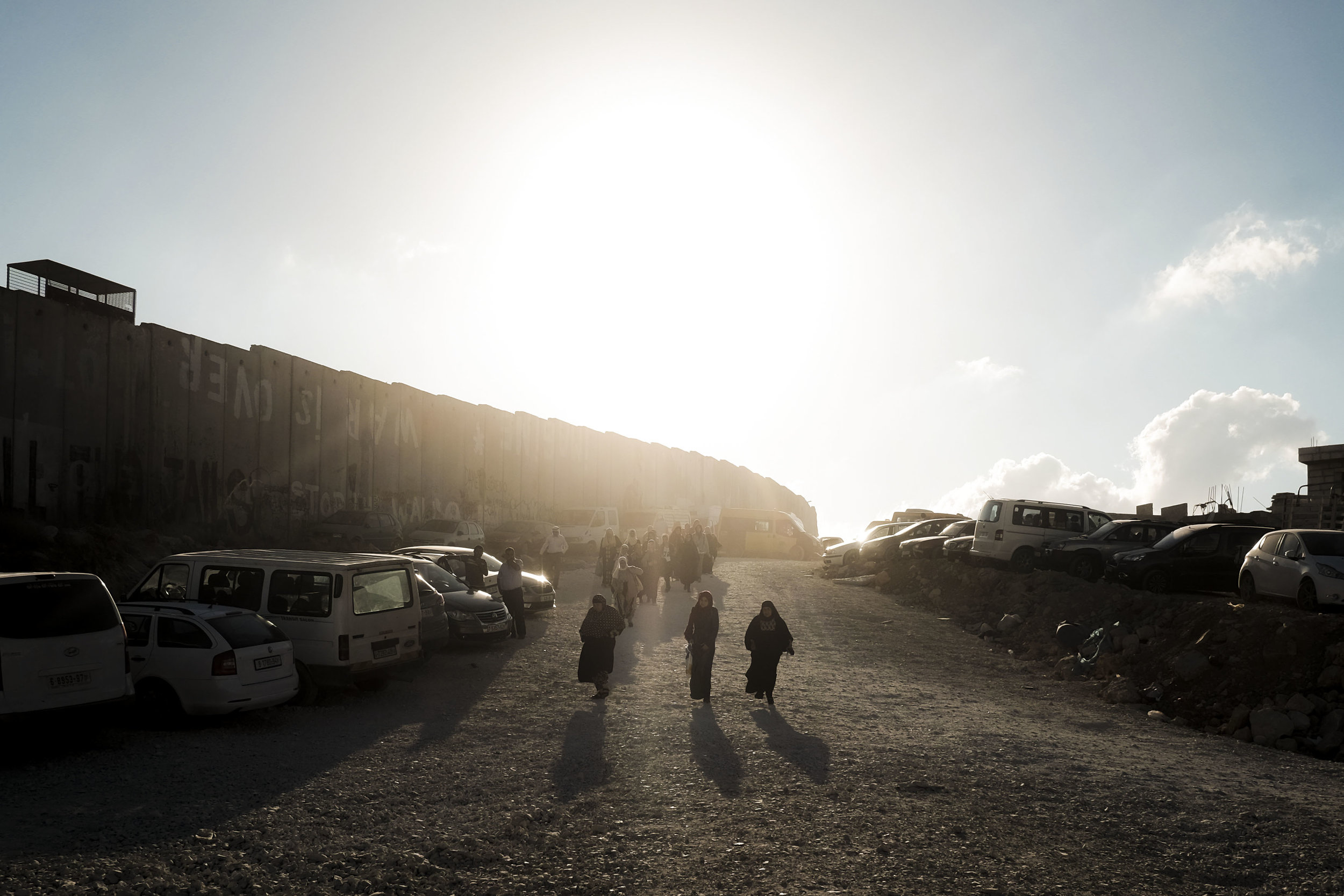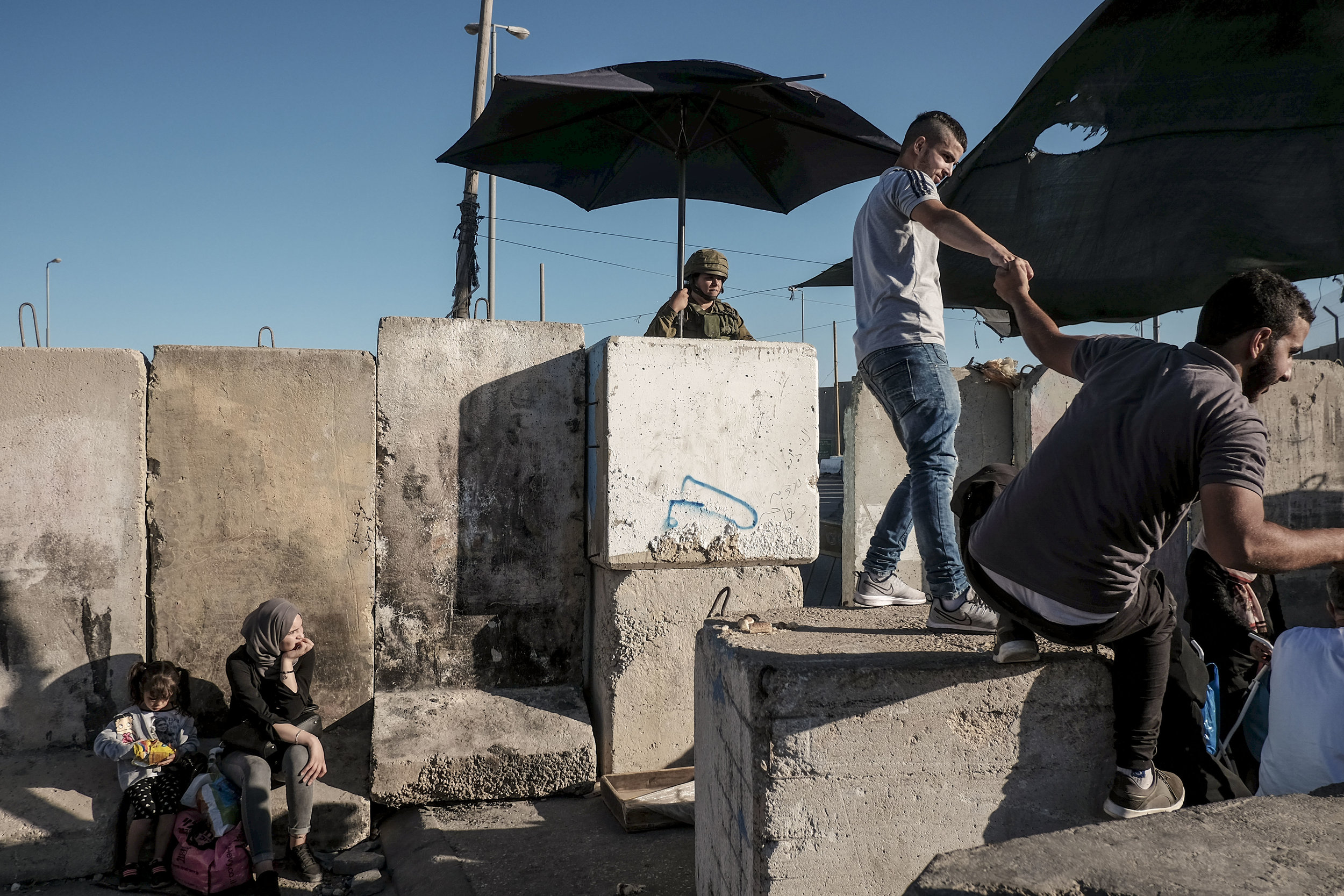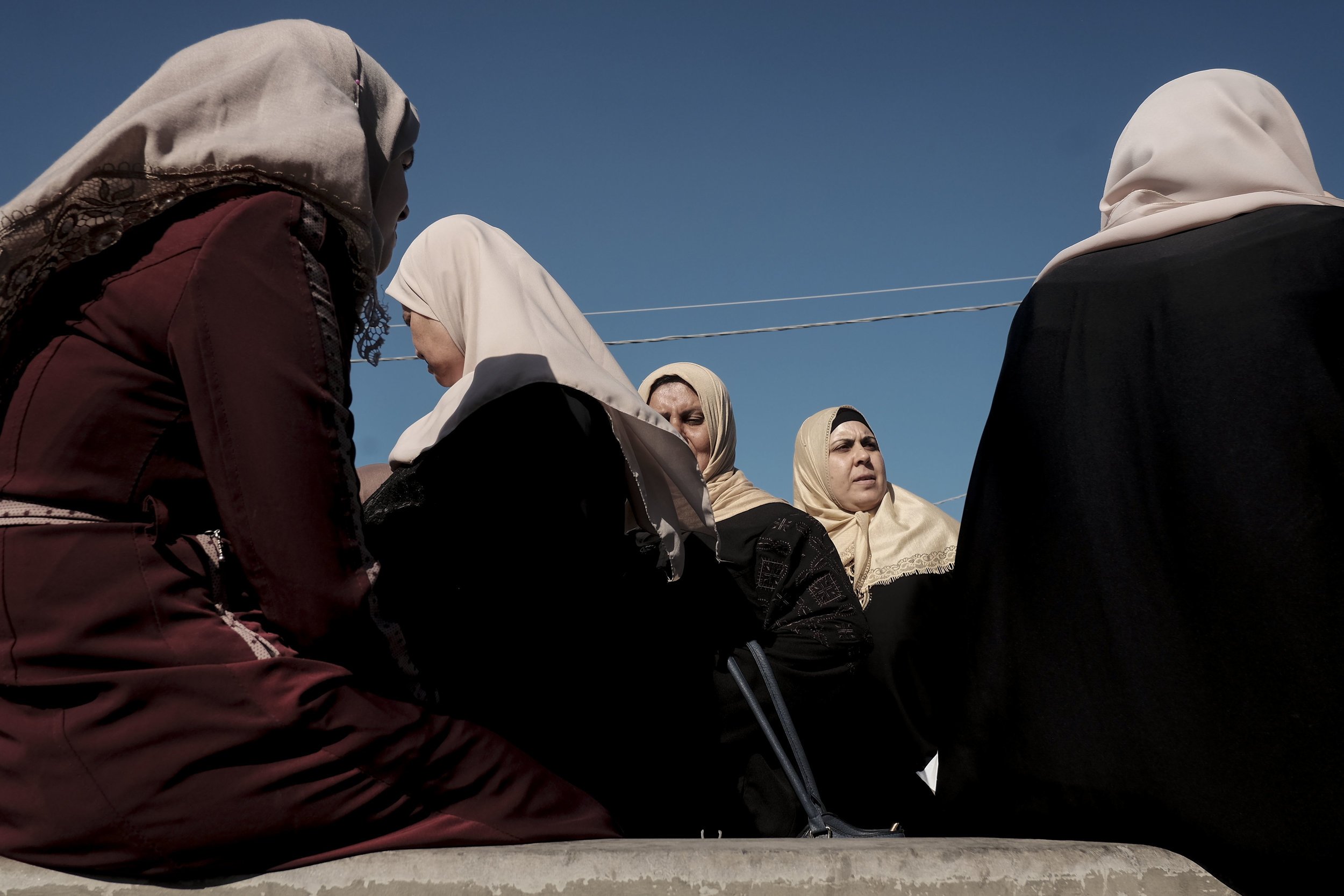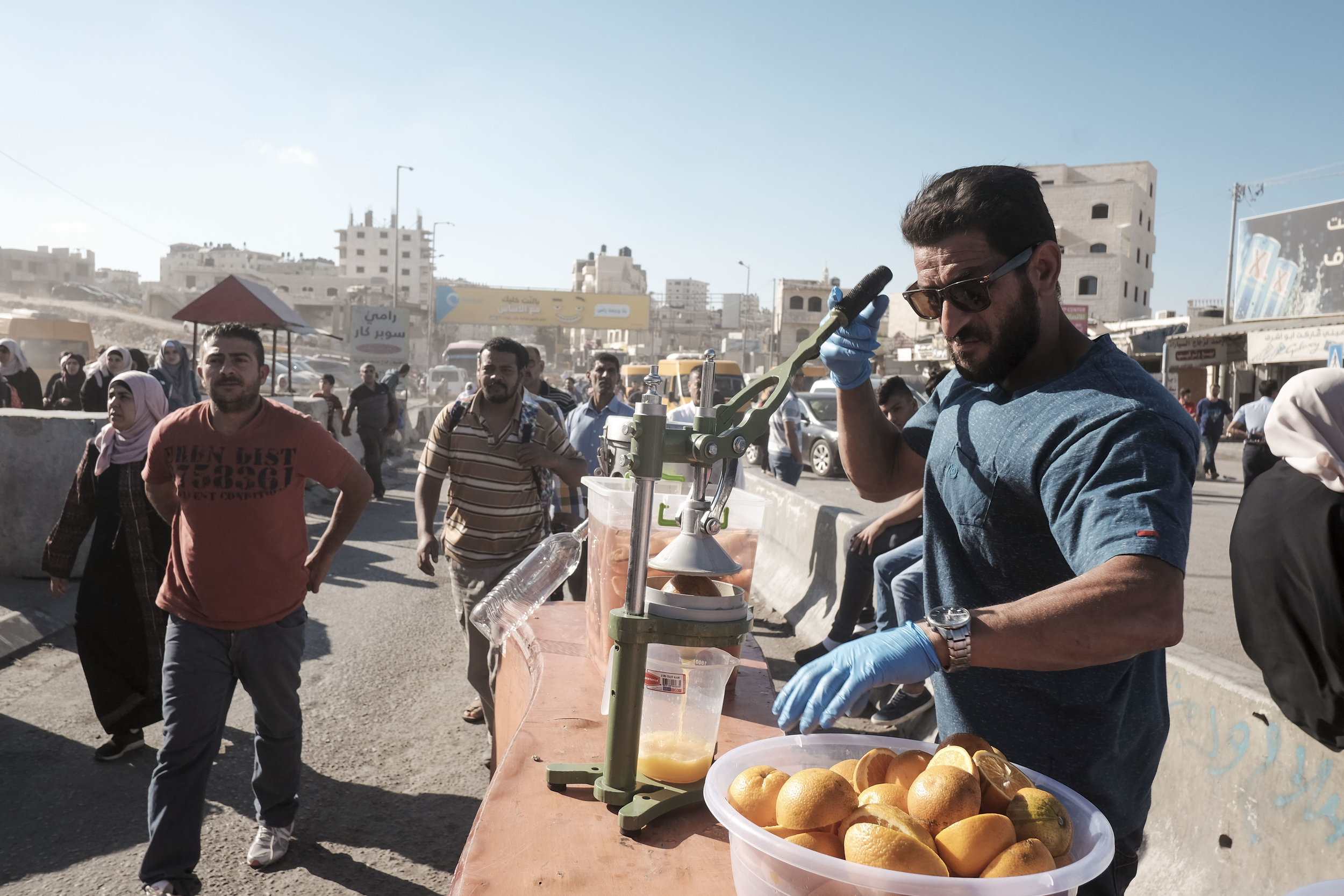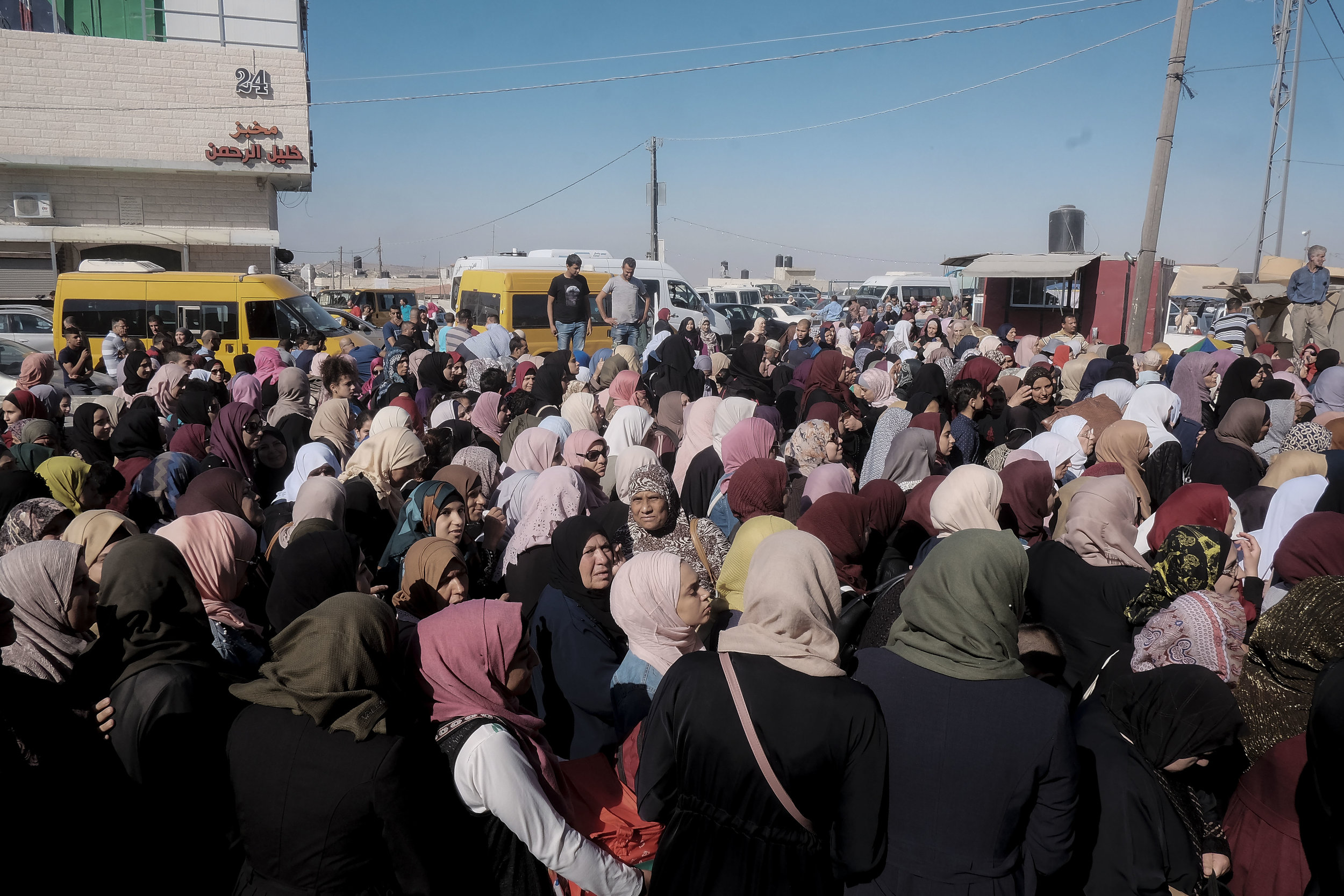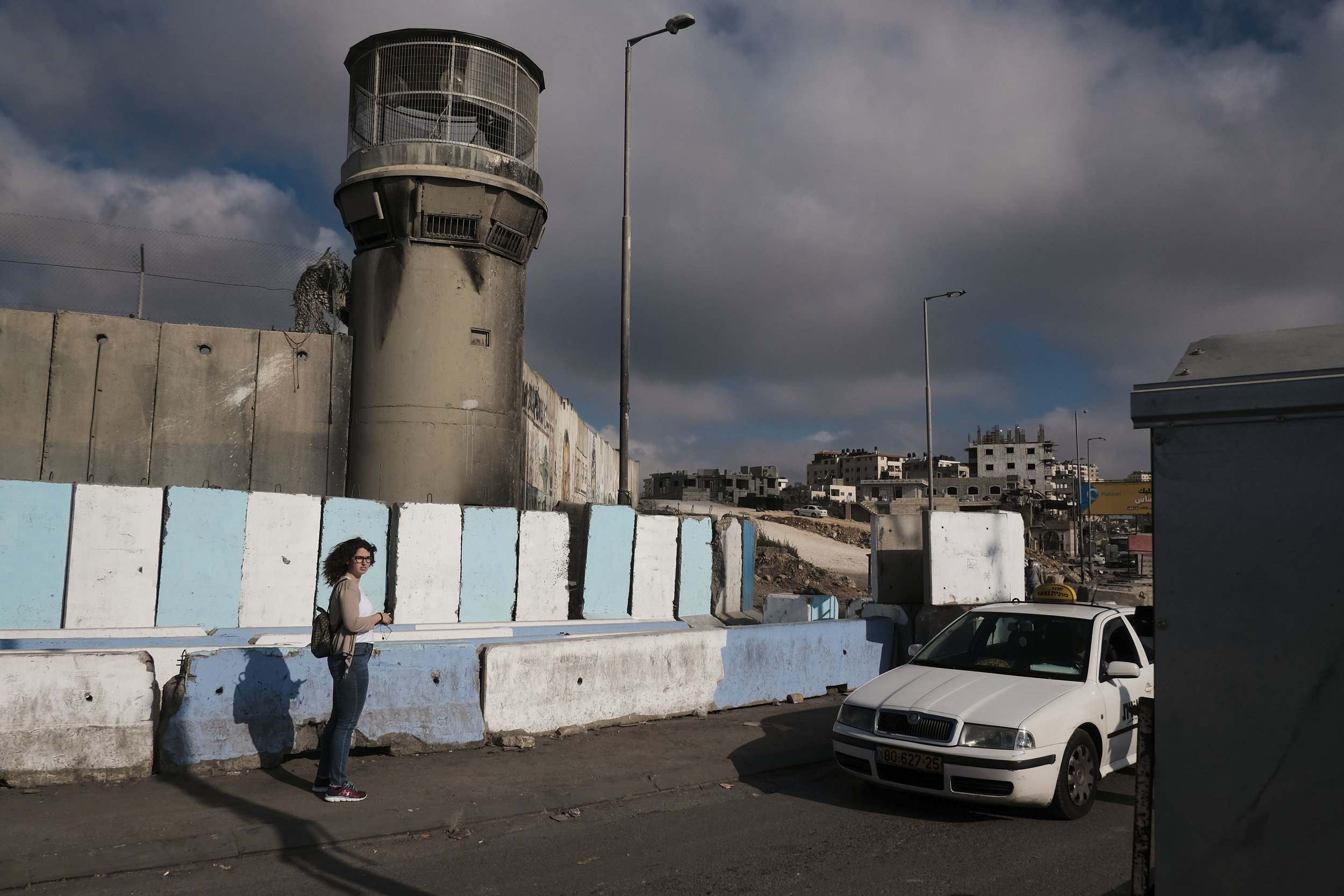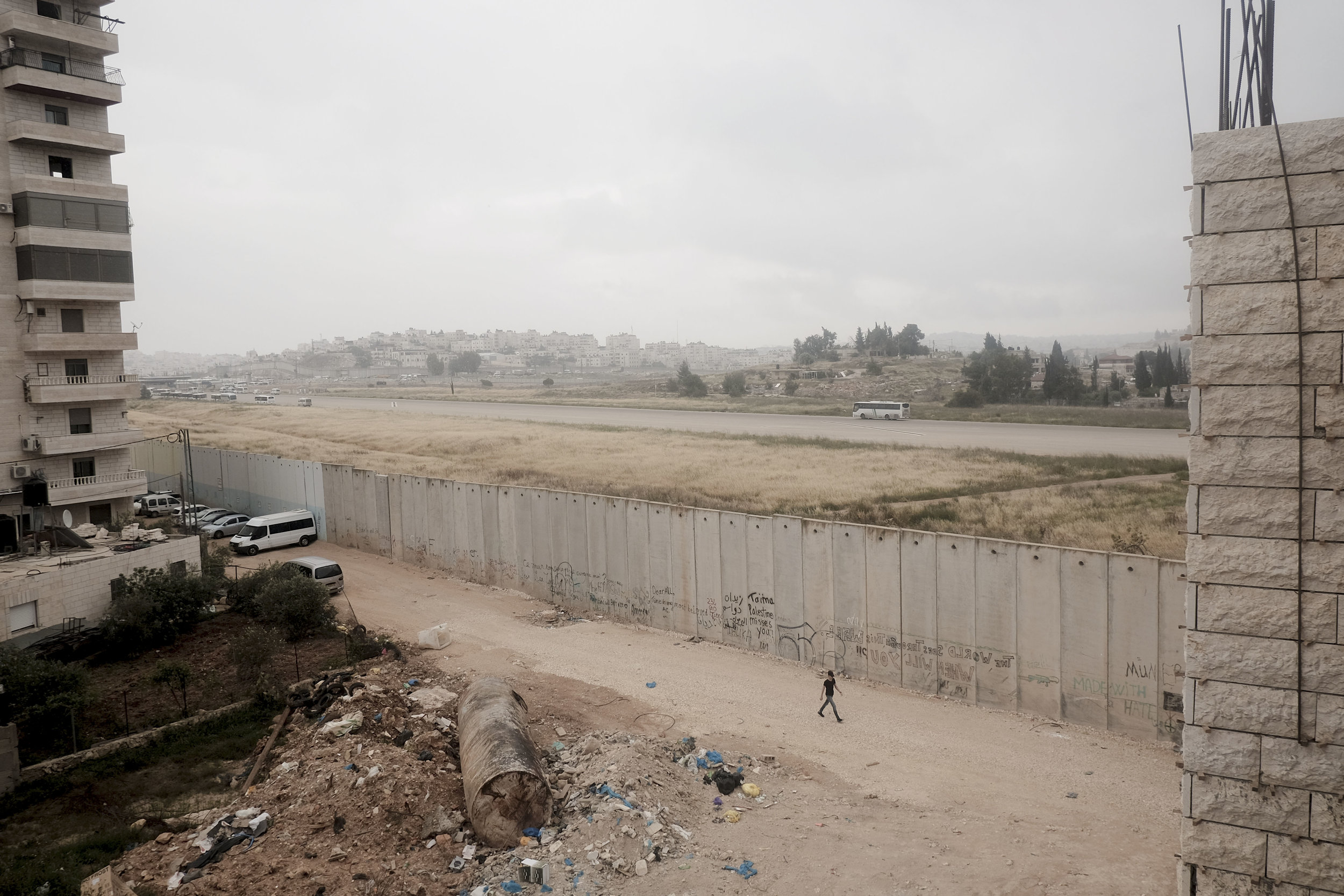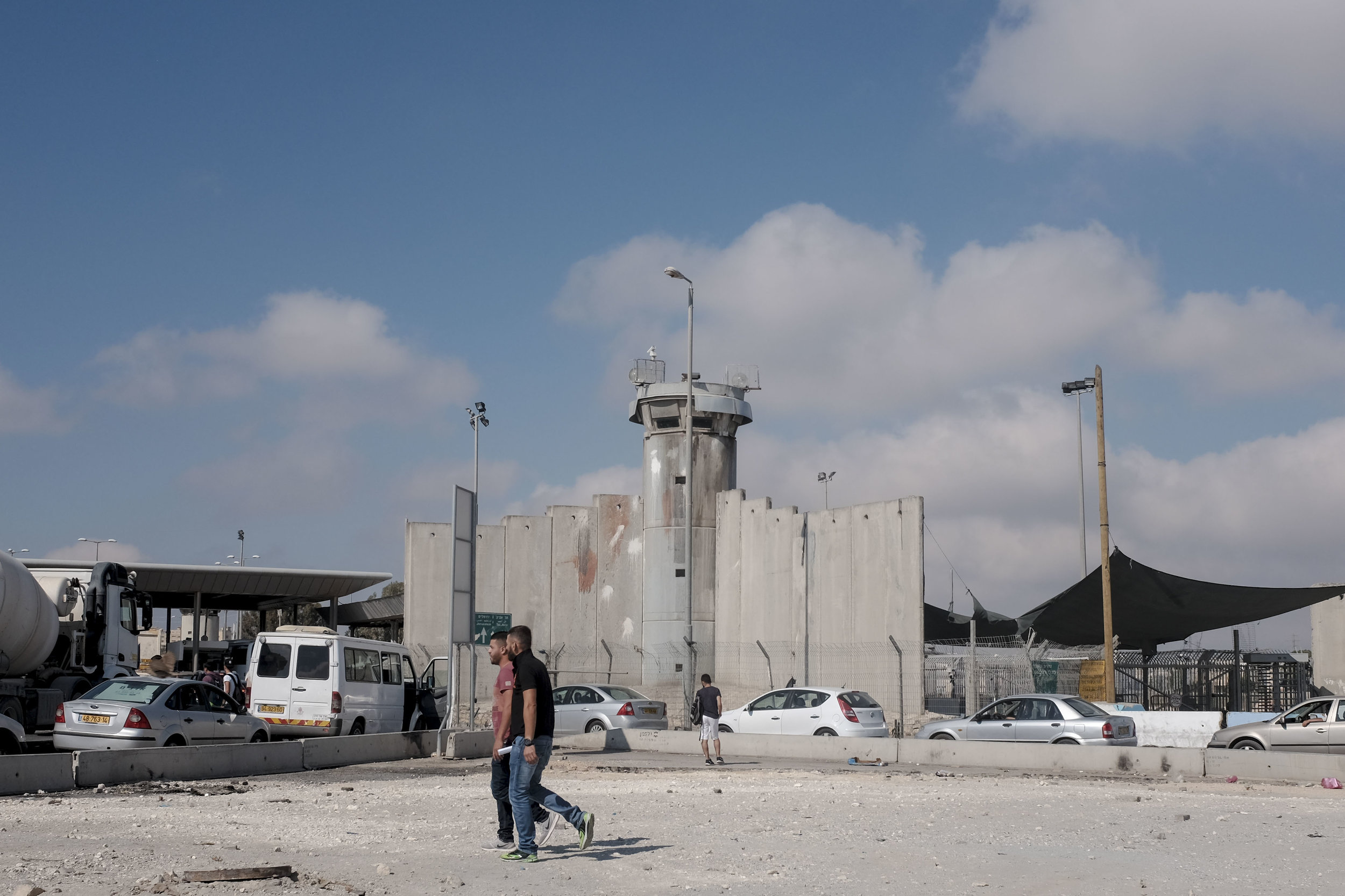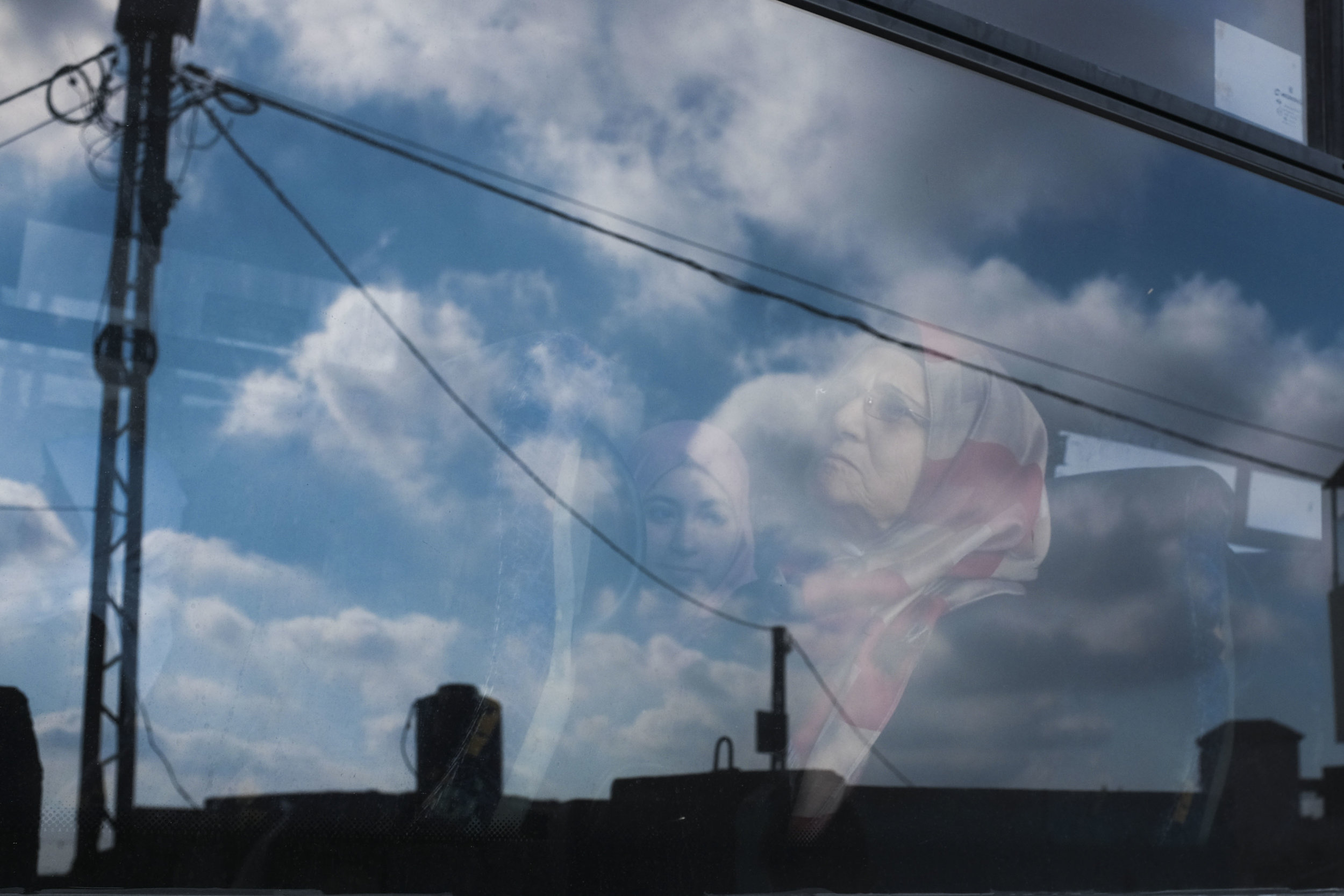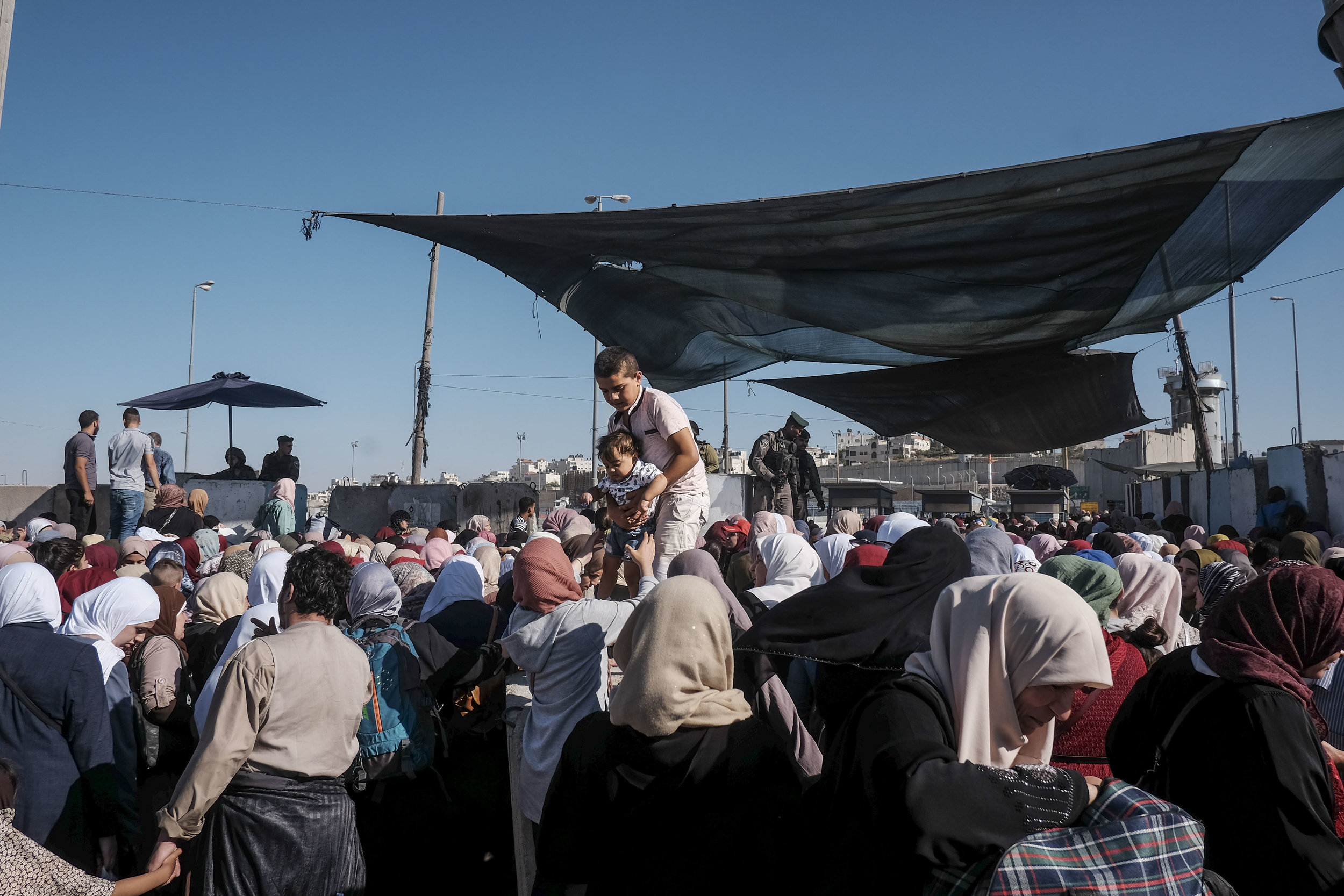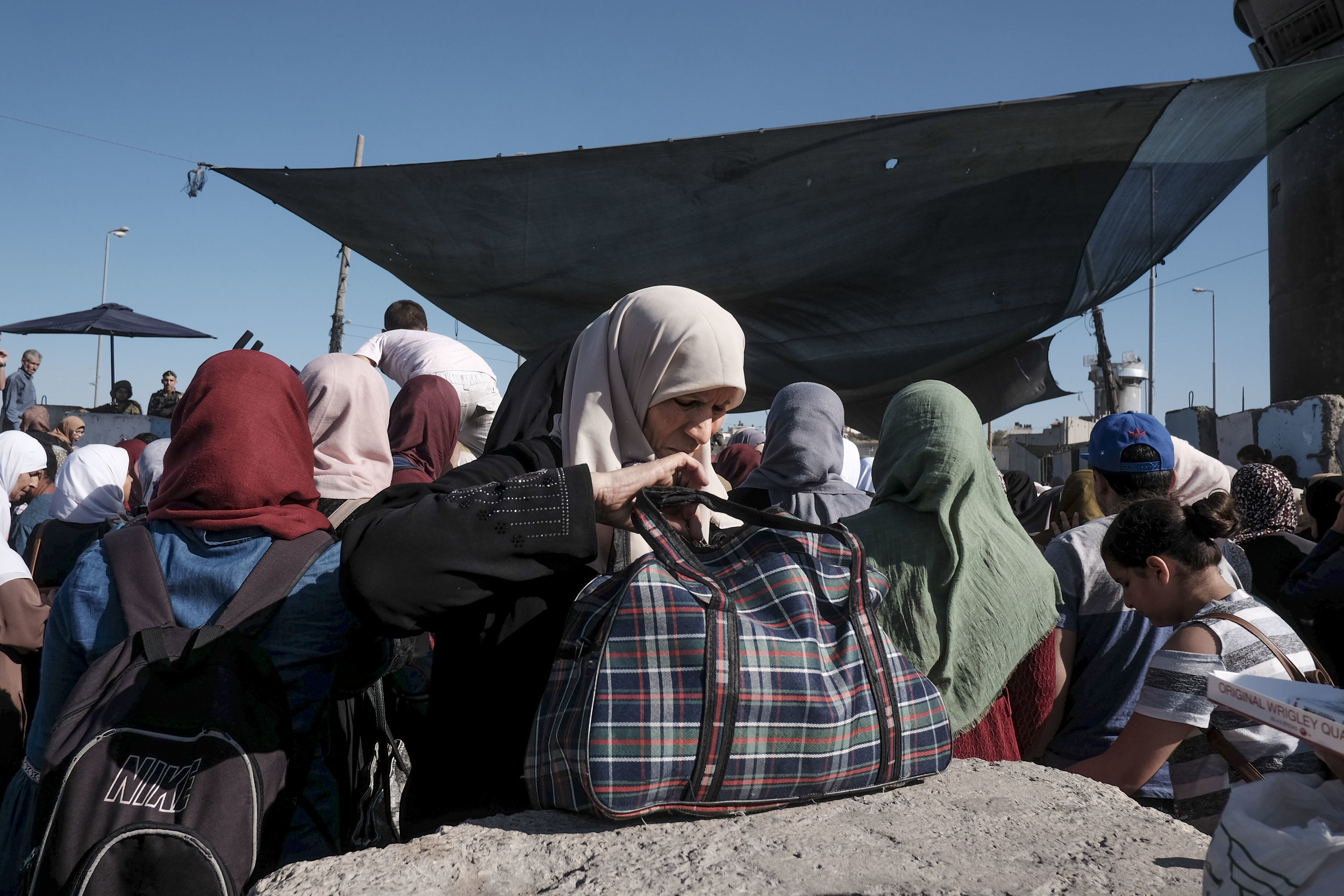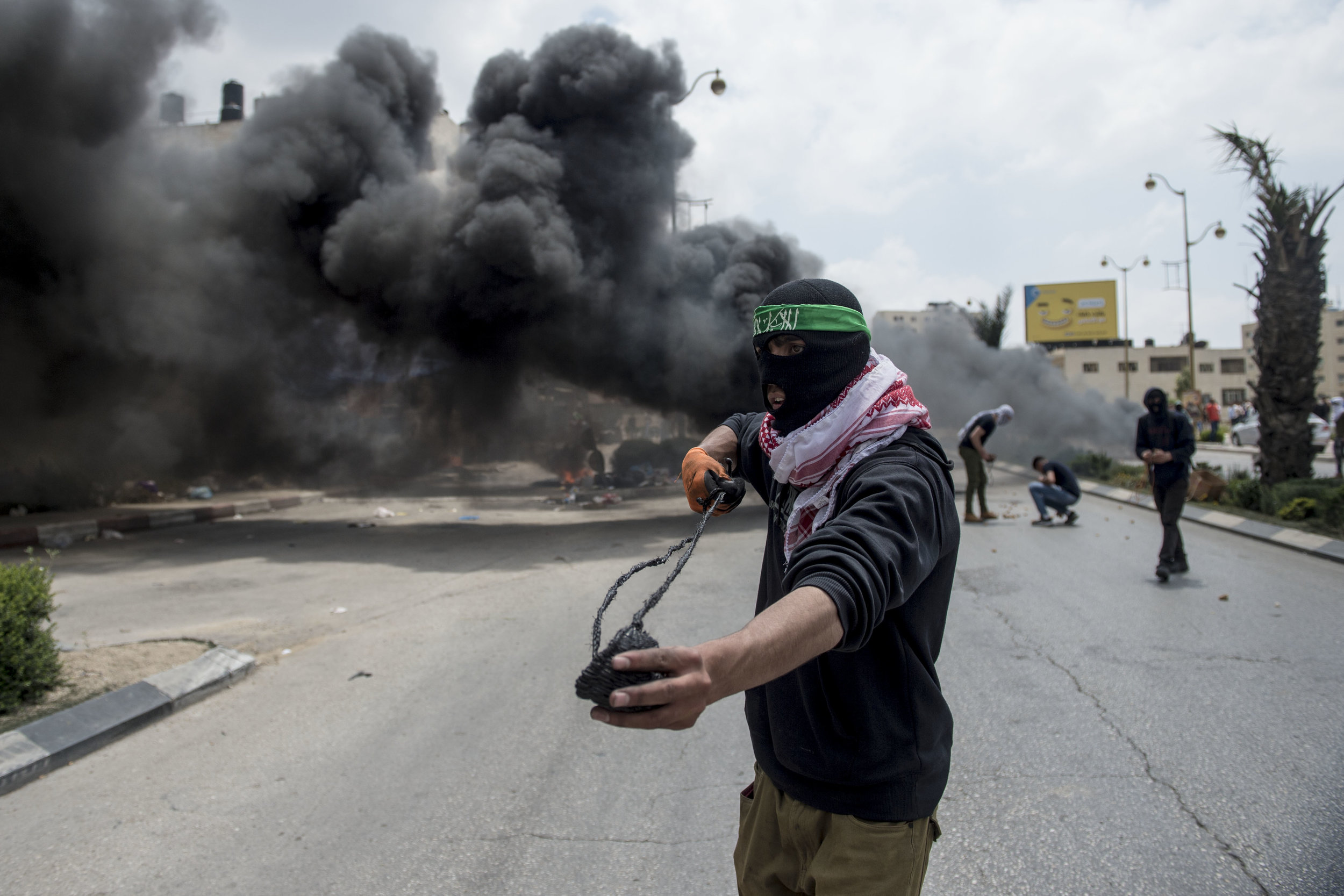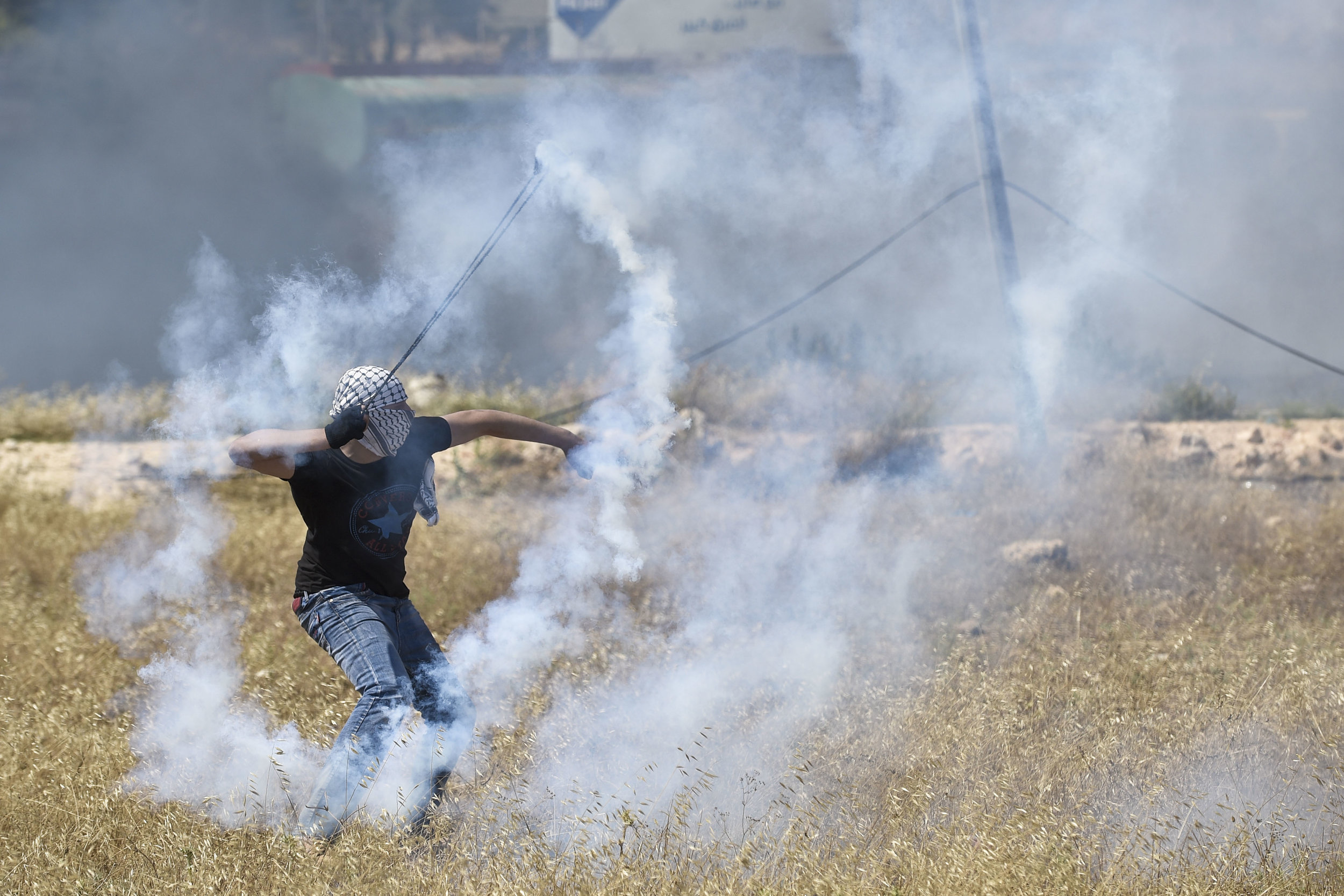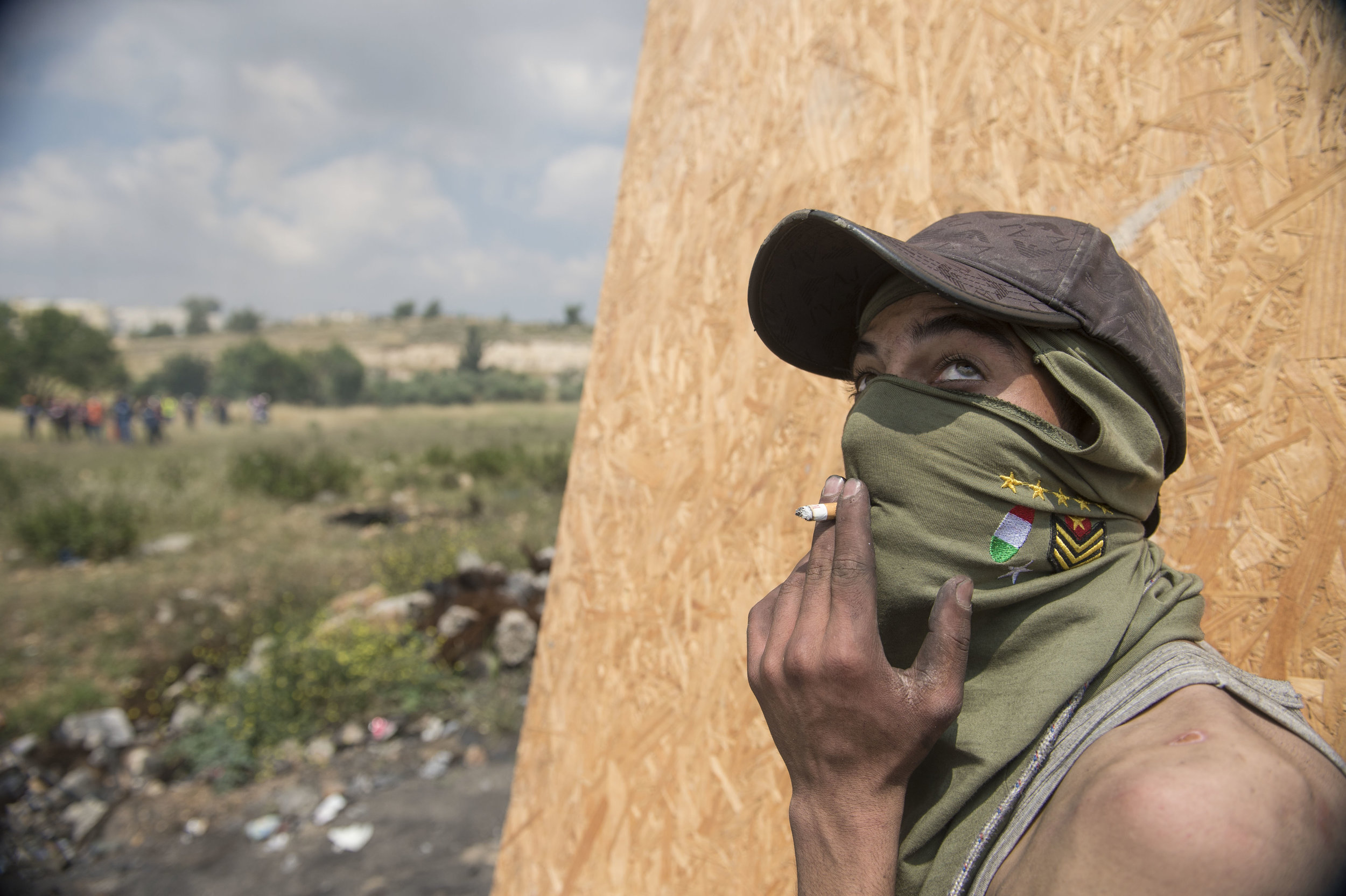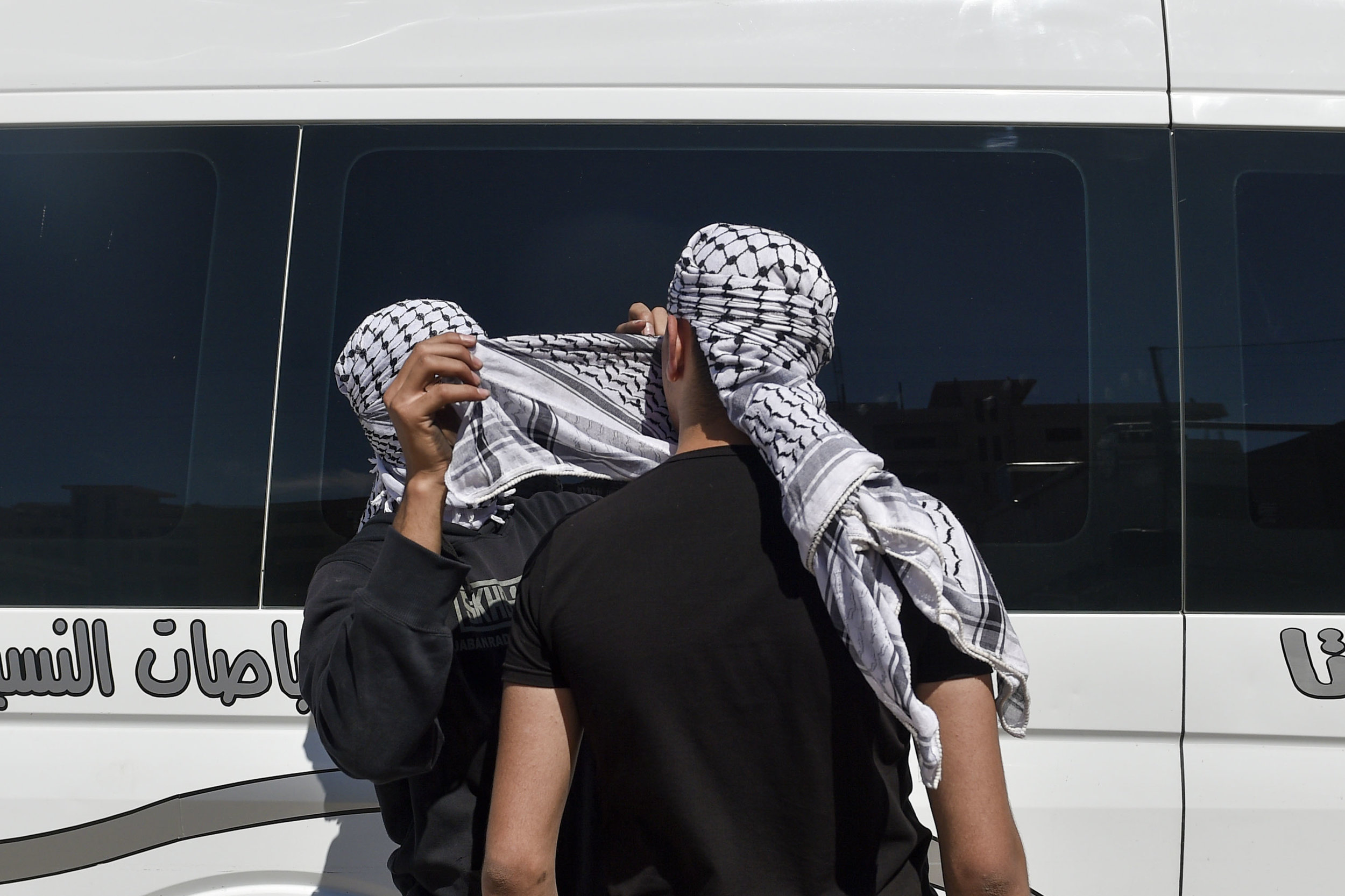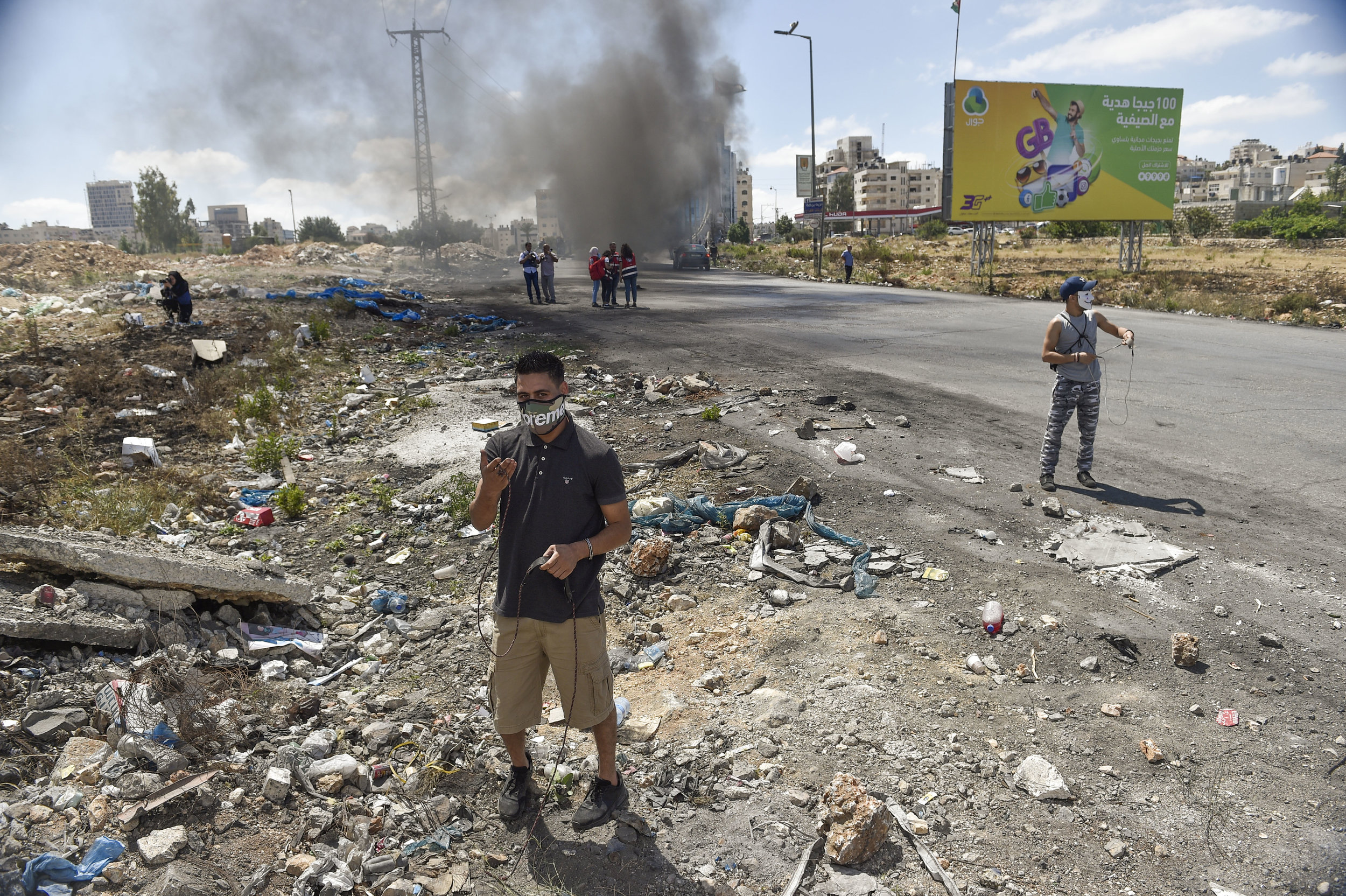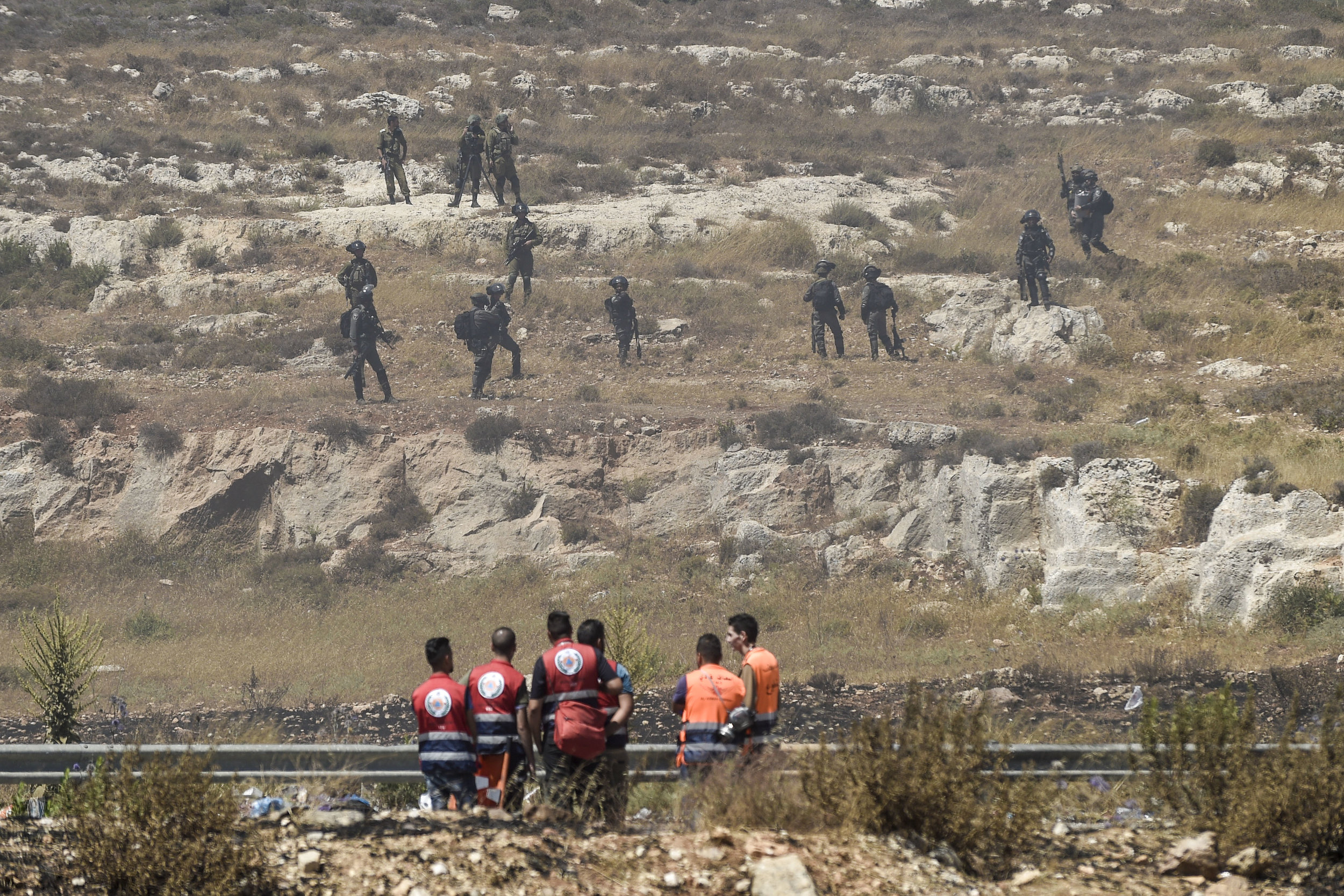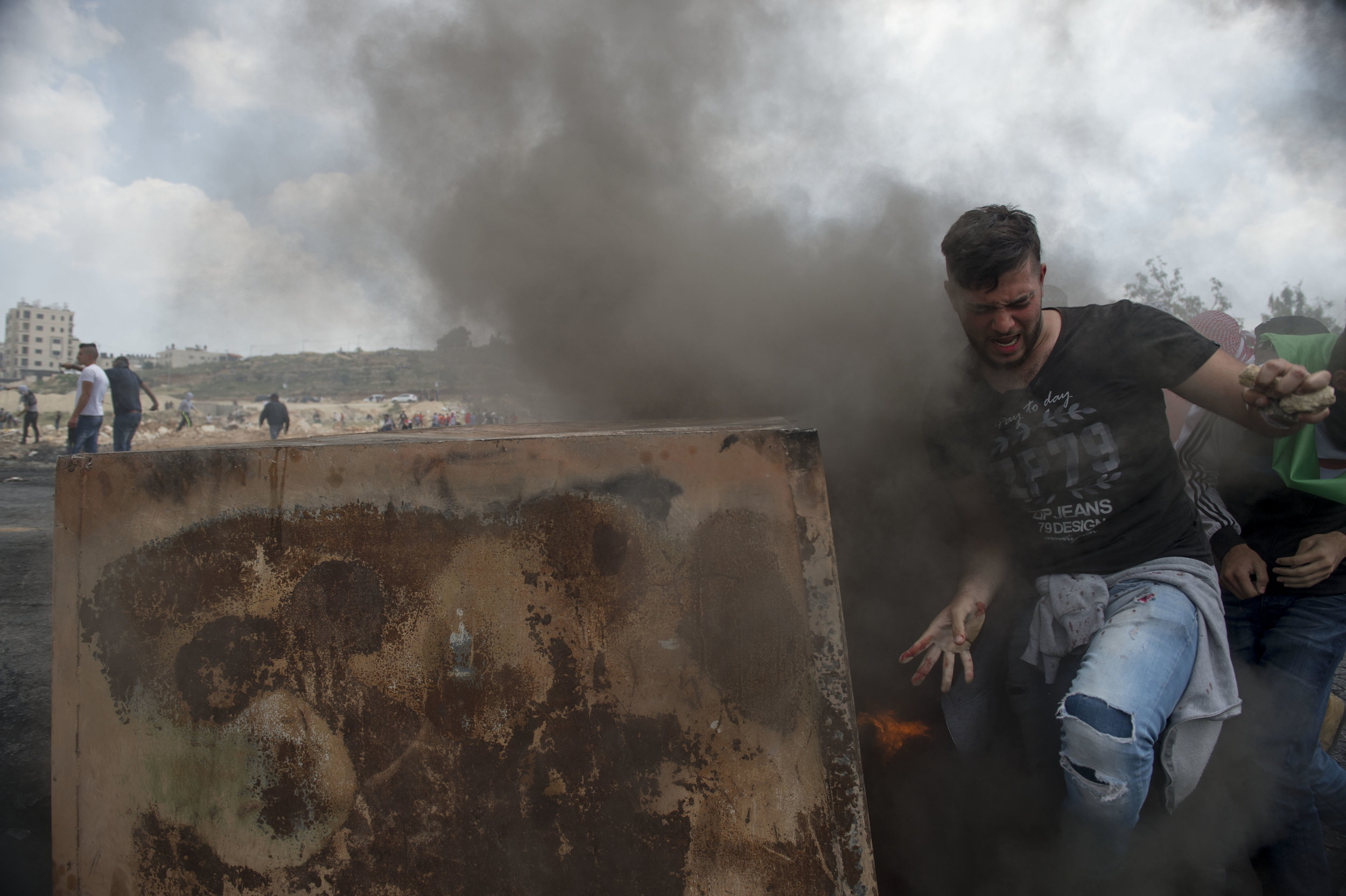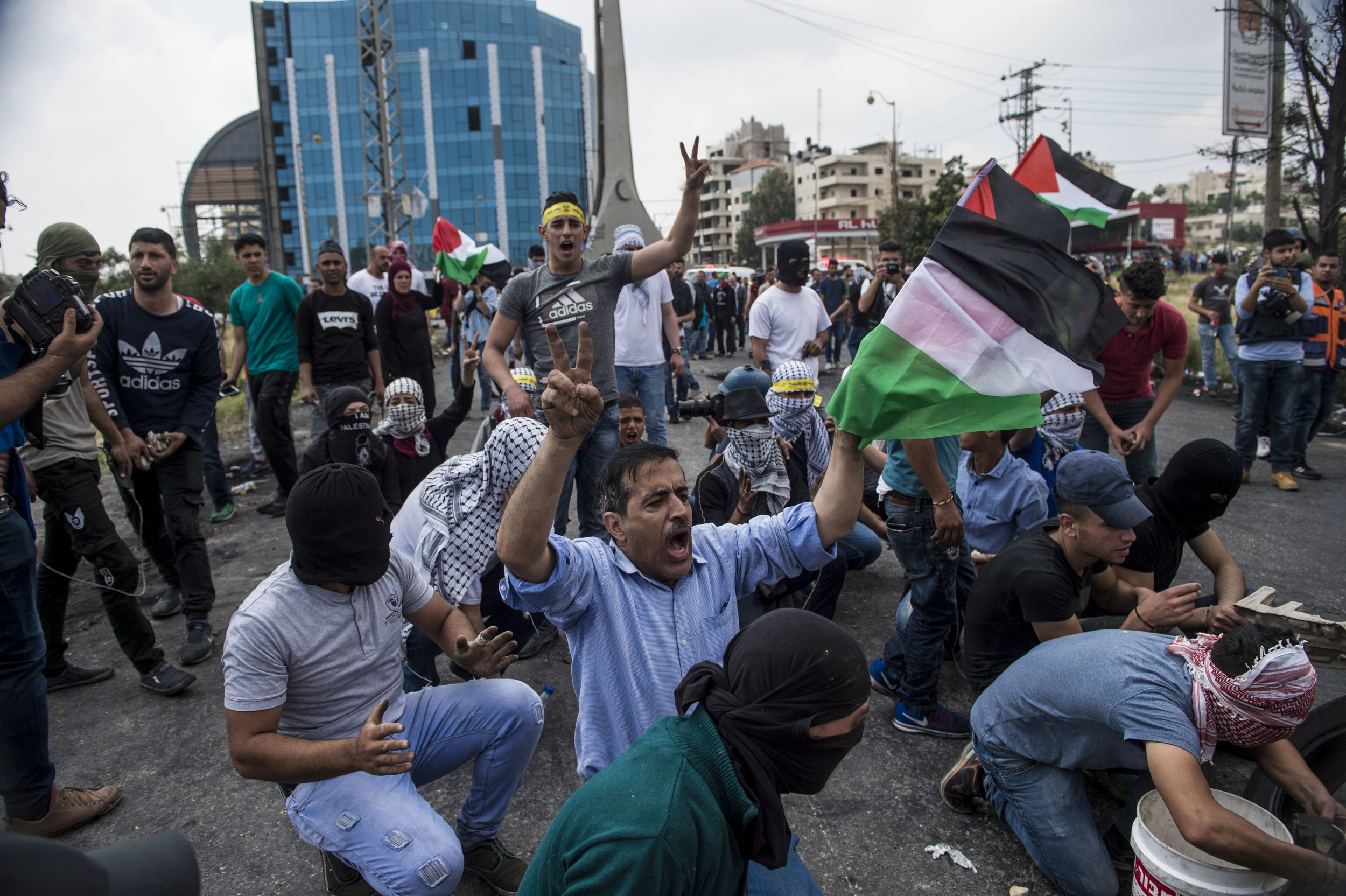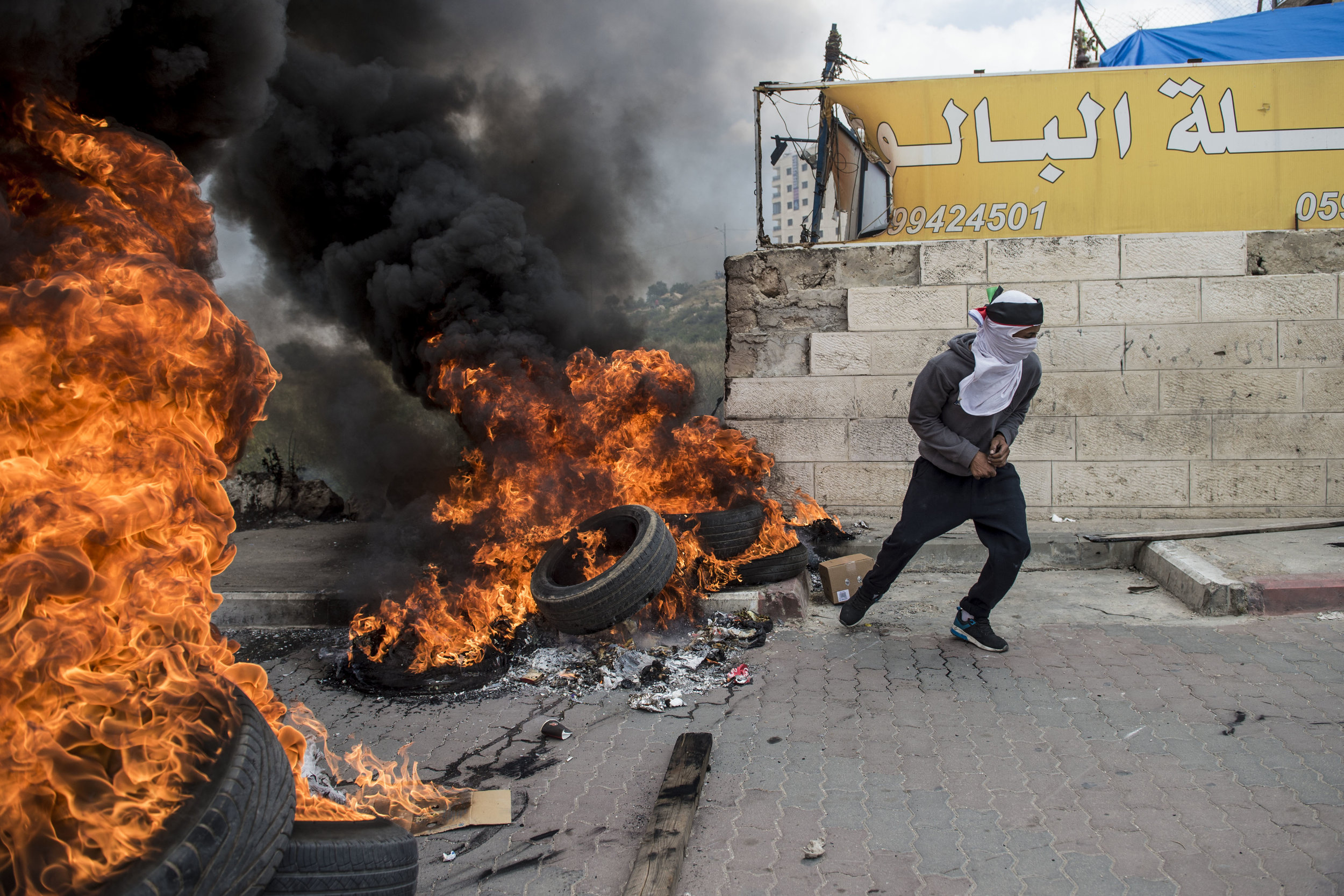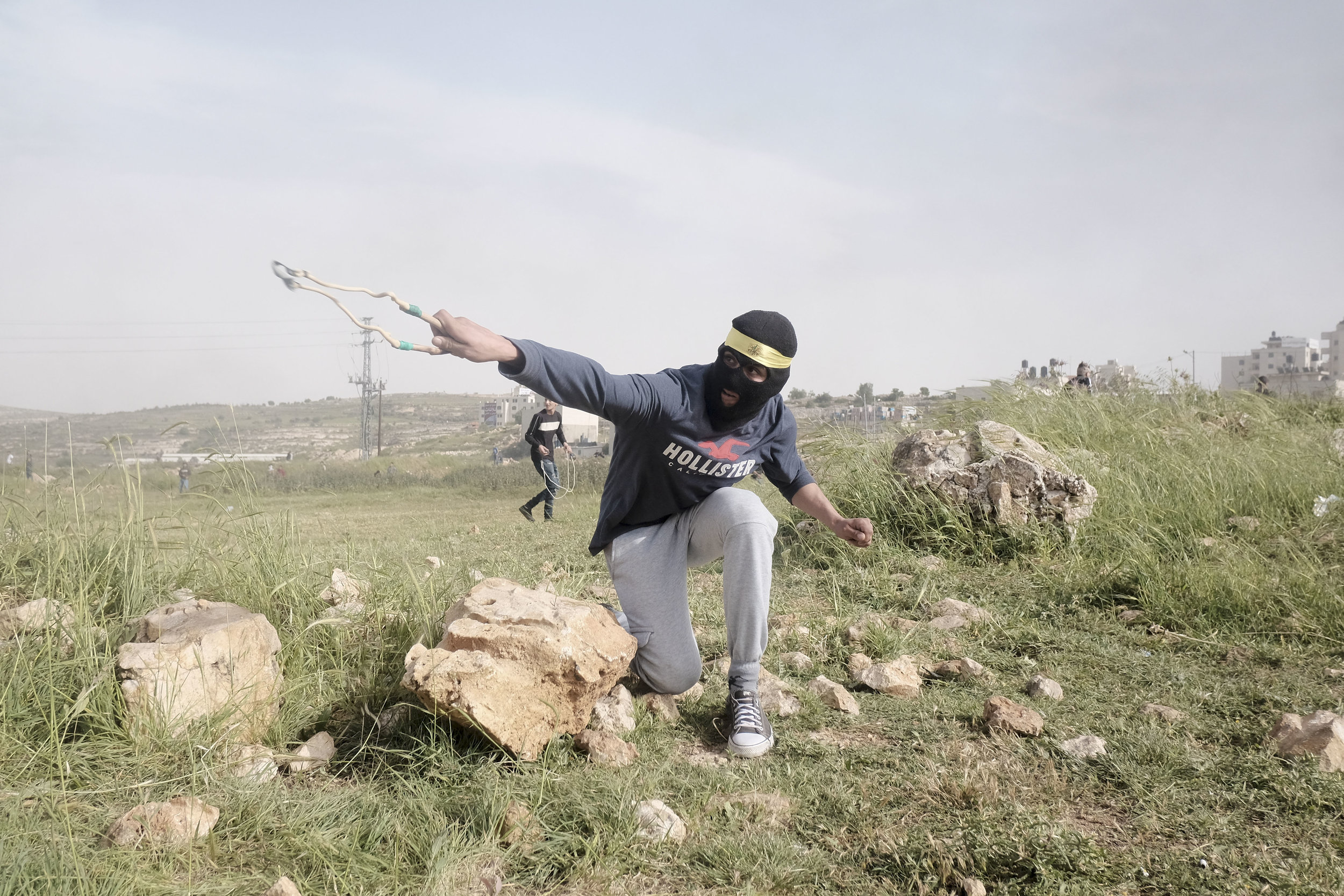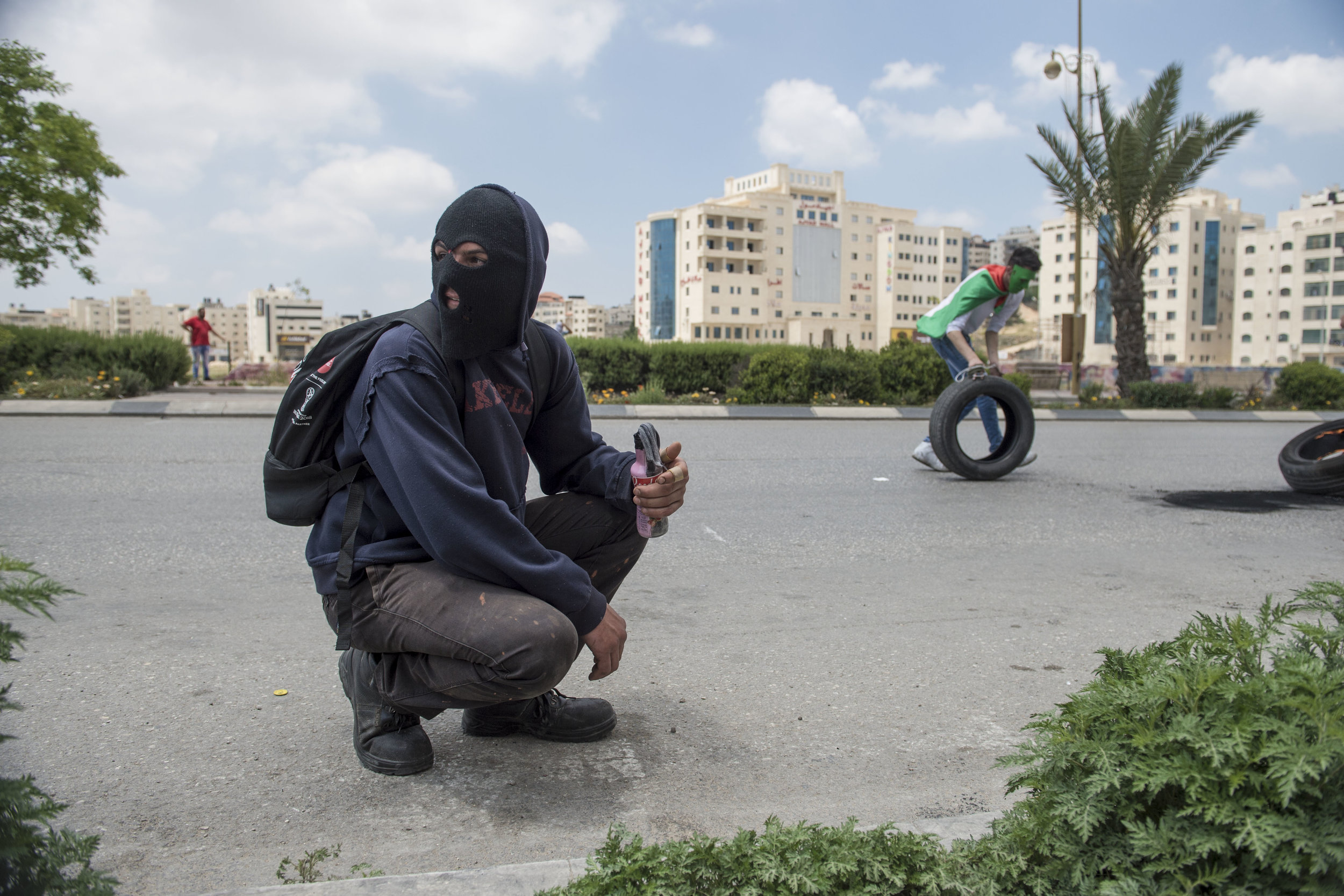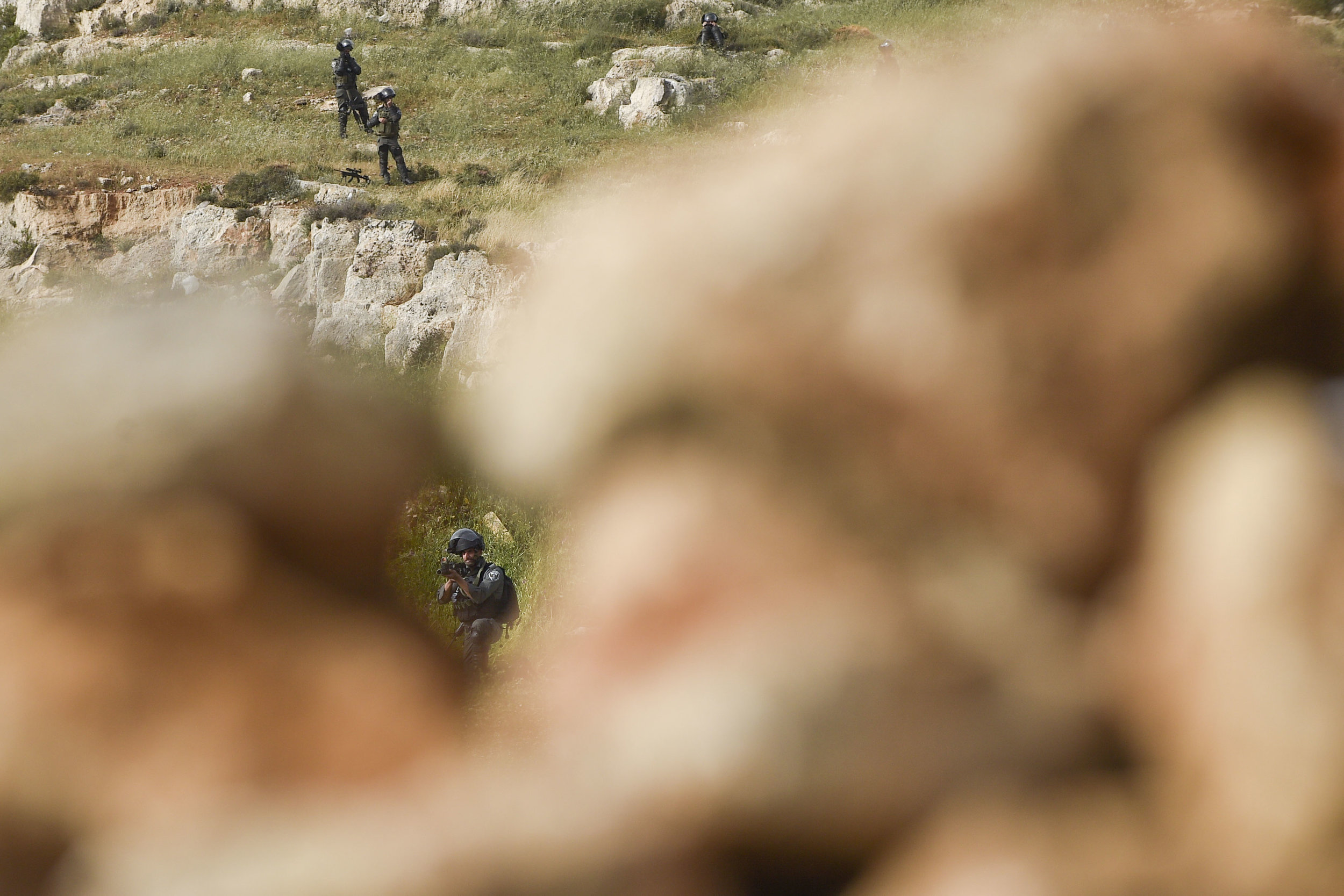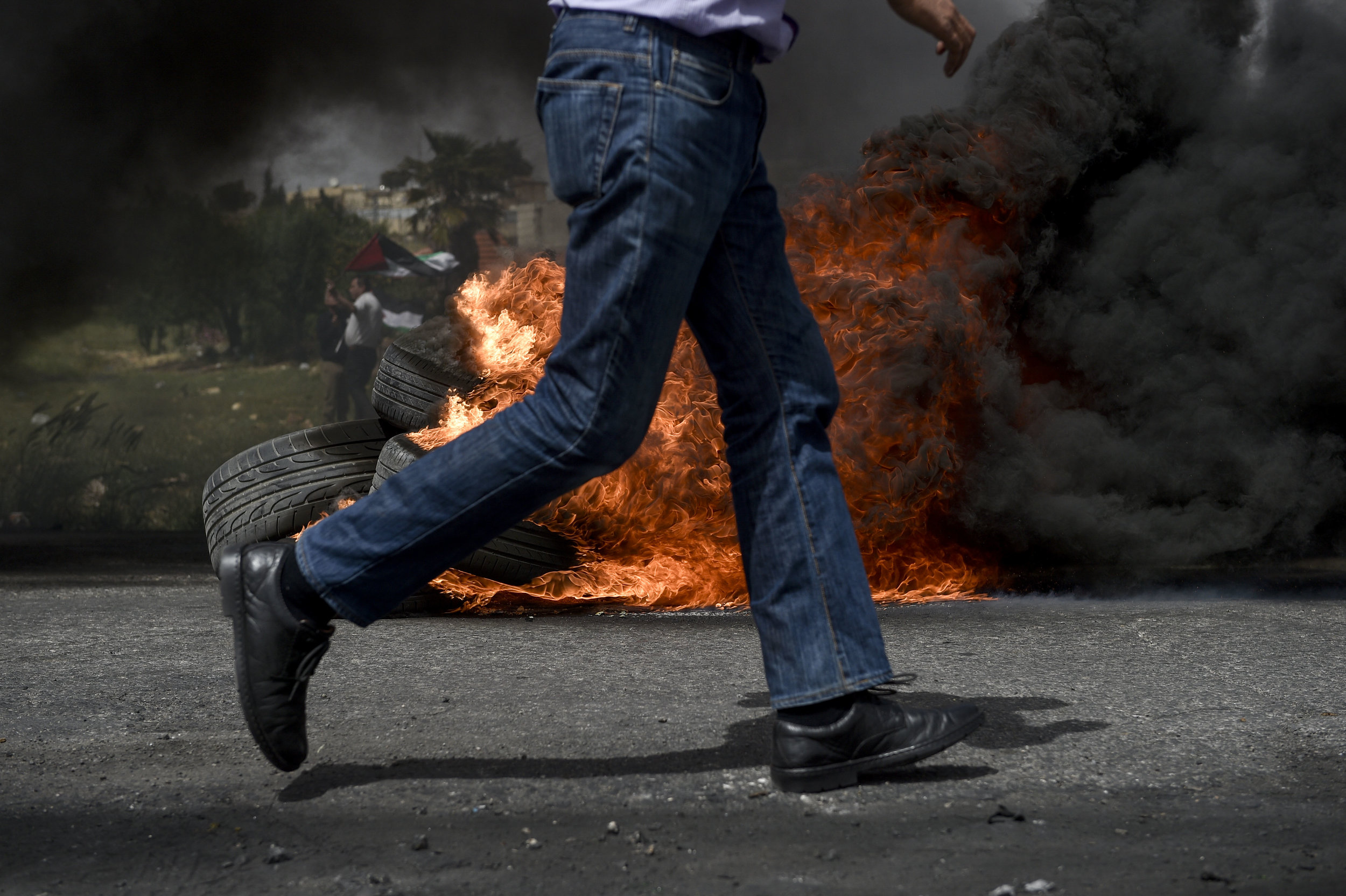One of the most important items I carry into the field when in conflict zones or in protests or other potentially violent settings is my First-Aid kit. In recent years journalists have become prime targets for armed groups, governments, protesters, police, soldiers etc. In 2023 over 100 journalists were killed, many of them covering the horrific violence in Gaza where we’ve seen the Israeli military targeting journalists and news bureaus. In Ukraine in 2022 at the start of the invasion, dozens of journalists and media workers were killed covering the war, a number of them targeted by Russian forces. If you are going to cover these types of stories having a first-aid kit with essential supplies and having the training in how to use them is essential to your survival and your colleagues around you. I am certified through the American Red Cross in first aid and cpr training, and in 2022 I attended a HEFAT course taught by ACOS Alliance specifically for journalists. These courses will very likely save your life if things go south and you find yourself or others severely injured and immediate medical help is not available, so if you are planning to cover conflict in any way you’d be really neglecting your and others safety in the field.
This is what is currently in my medical kit, however the contents change slightly depending on the assignment with some things being removed and other things being added in.
FROM LEFT TO RIGHT TOP TO BOTTOM
Surgical Gloves (important in instances of dealing with other people’s blood or body fluids)
Zip Up bag that attaches to a belt which I use as my medical bag
Duct tape
Orange duct tape
Hand Warmers
N-95 Mask (not just for covid, but a quick solution if you have nothing else in a chemical or biological situation)
Sharpie (For writing medical information on a tourniquet or person, IE: what time a tourniquet was applied)
CAT Tourniquet (by far the best tourniquet option available, easy to use and easy to cinch down and apply)
Life Straw (Filters water, luckily I have not had to ever use this, but I saw a video of it being tested in the Ganges River)
QUIK CLOT (Used for gunshot wounds, helps to stop bleeding and clot)
Sudecon Wipes (Used to relieve eye and skin irritation from Pepper spray and tear gas)
Assorted Iodine, Alcohol, Hydrogen Peroxide wipes (to clean around injuries)
Ammonia towelettes
Bandages
2 doses of Naloxone (Used to revive a person who had overdosed on opiates)
Pain relievers (Acetaminophen, Ibuprofen, Aspirin)
Another CAT tourniquet
(skipping over the QUIK CLOT and Sudecon wipes) Iodine Prep Pads
Purell Hand Sanitizer, and antibiotic ointment (usually I have a tube of antibiotic ointment but recently gave it away to a friend)
A whole galaxy of band-aides of all shapes and sizes
Transparent wound covers
Compressed Gauze
Nail Clippers
Head Light (extremely useful, I usually carry several, one in my med kit, one in my camera bag, and one in my backpack. I reccomend getting ones that have a red light option, as it is less noticeable in the dark from a distance)
Scissors for removing clothing
2 Trauma wound dressings
(To the left of the green trauma dressing) A shitty tourniquet (I reccomend only getting a CAT tourniquet, however, this one was small and in the unlikely scenario that I use up my 3 CATs I have this)
ACS Asherman Chest Seal (Used for sucking chest wounds caused by puncture injury)
Gauze and wound pads
Small sewing kit with 6 needles
Other medications dependent on area working in (pictured are some decongestants from Ukraine, but I also will take ant-acids, mucus relief, nicotine lozenges, caffein pills, antihistamines, fiber pills, motion sickness pills etc etc)
I also usually carry medical tape, a multi-tool, small first-aid guide, batteries, and some small twine/shoelaces/string. I put this kit together myself with a mixture of equipment from my partner who is a journalist as well. It is by no means a kit that I could use to deal with a massive injury, or administer full medical care to someone with, however it is enough to help someone or myself until professional medical help arrives.
Perhaps the most important piece of equipment in the whole kit are the tourniquets. A person can bleed out in a matter of minutes or less if a main artery is severed. The CAT tourniquets are designed so a person can apply one to themselves even without the use of one of their arms.
I wear this medical kit on my Newswear waist pack or on my belt so that it is easily accessible, and it really doesnt add much weight or get in my way. There are all kinds of packs you can buy and you can easily get a medical first-aid kit that is already put together, I chose to put my own together with items I am familiar with and to pack it to specific assignments. Working in Ukraine I will pack some different items than I would covering a protest.
To sum it up, having a good medical kit is essential to some of the work I do, all journalists should have one, it doesnt have to be big but it is an incredibly important bit of gear that could save your life.
Let me know what you think and if you think I am missing anything!


